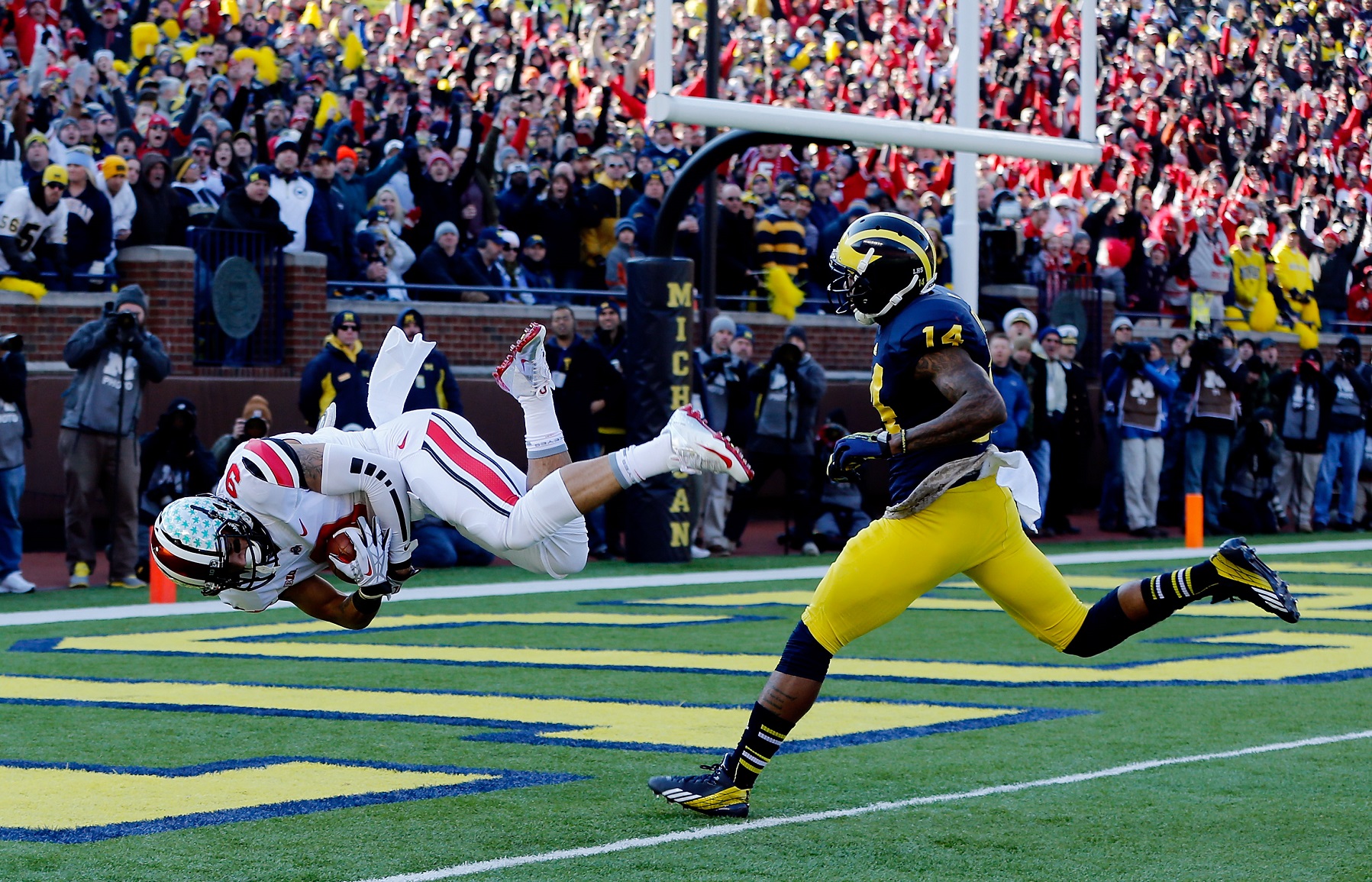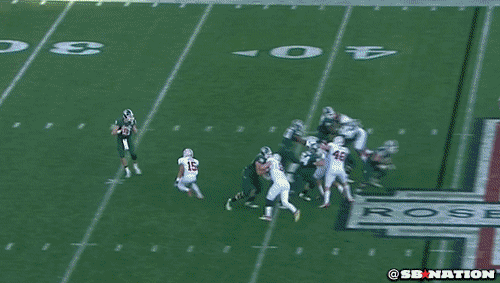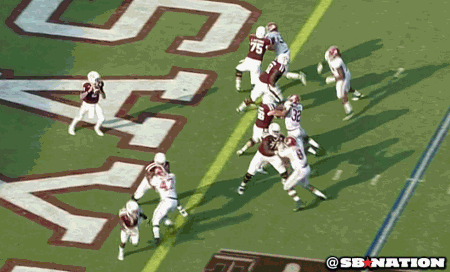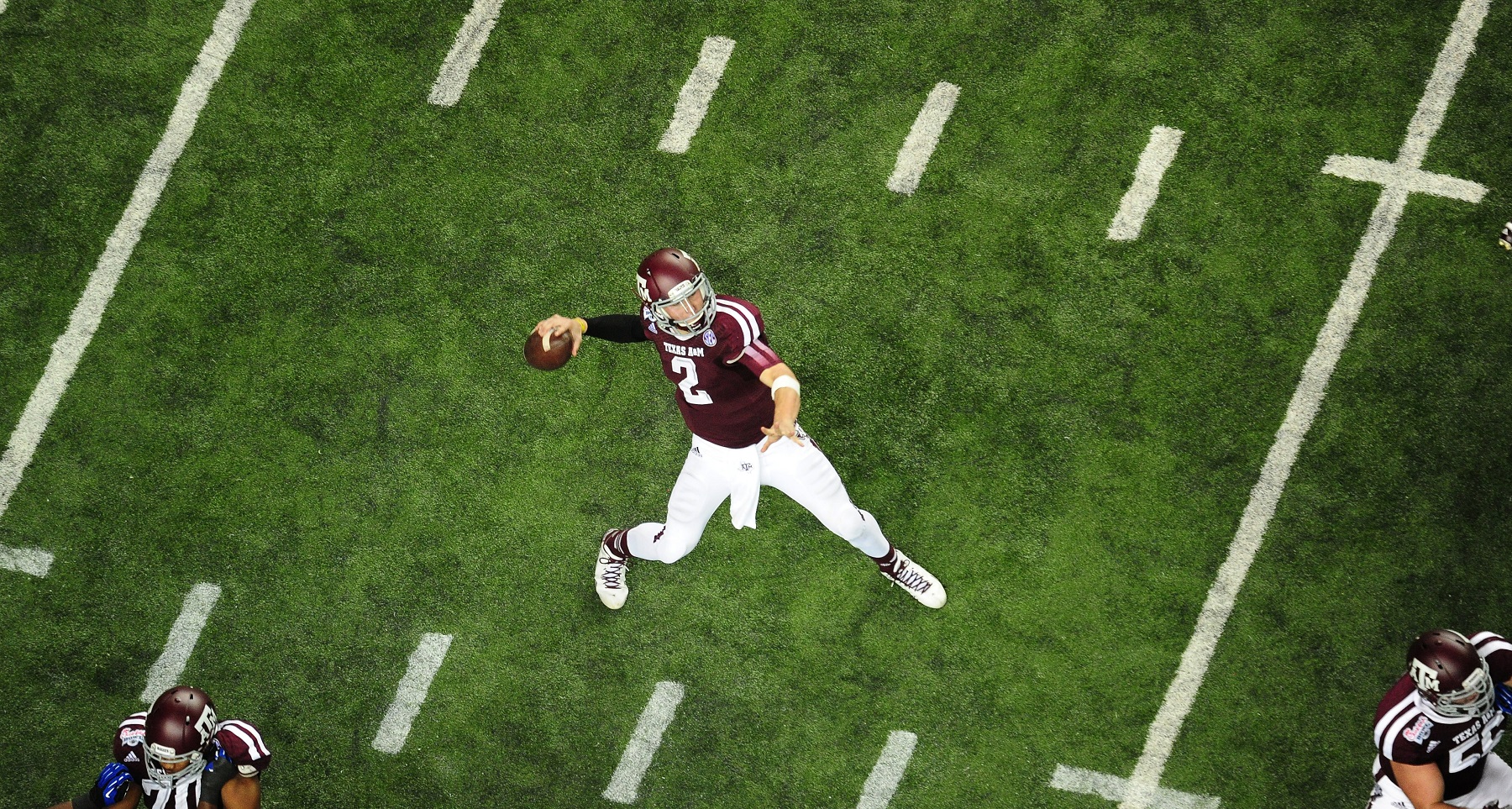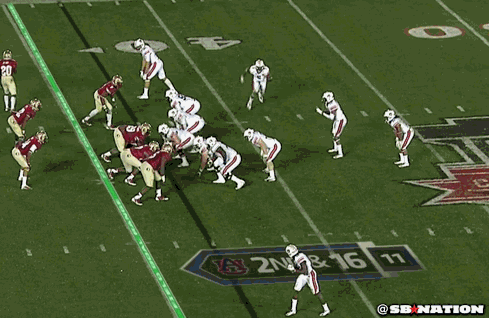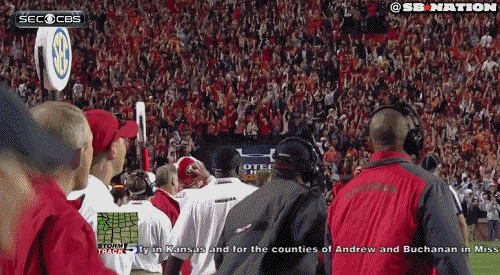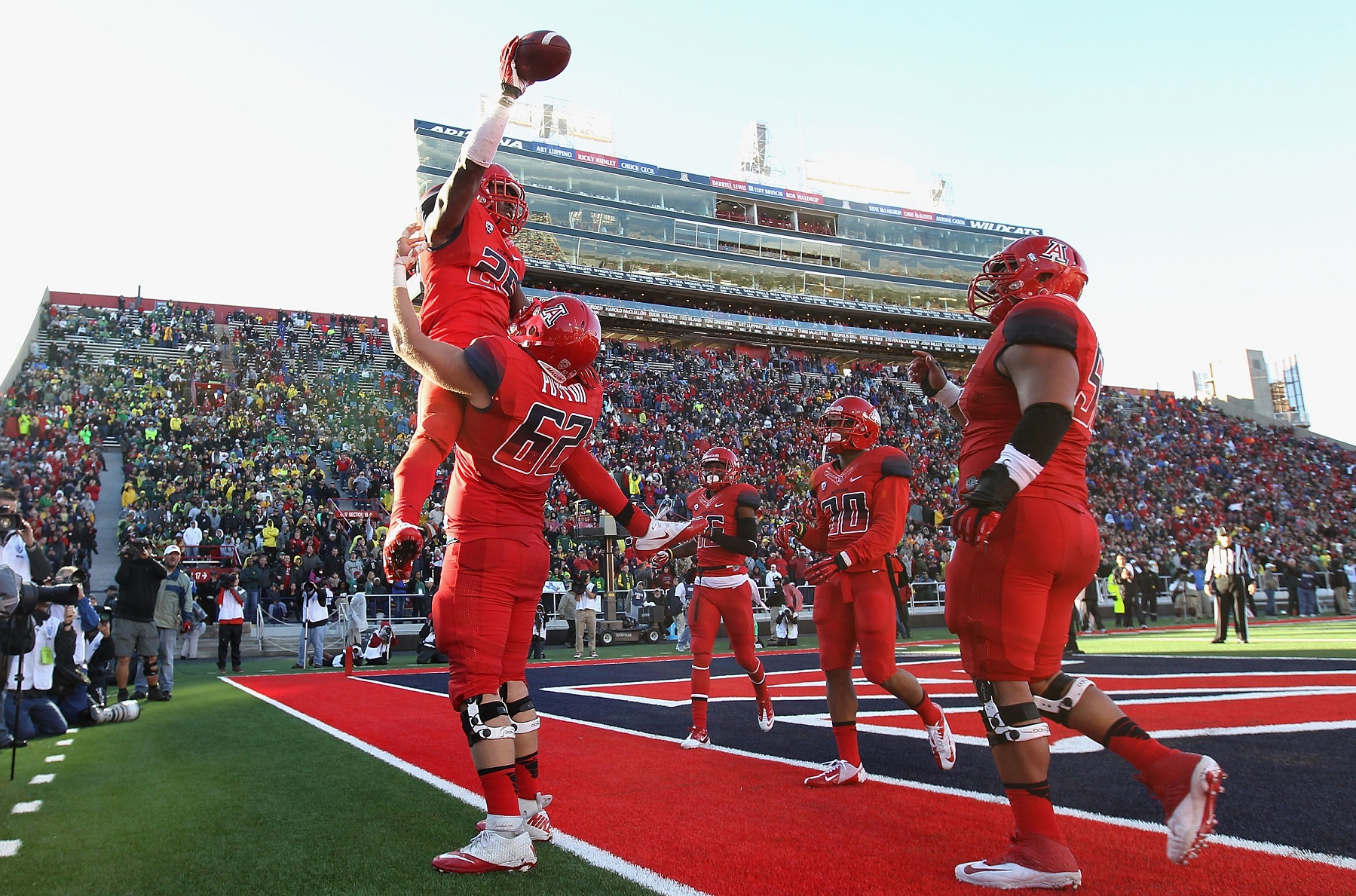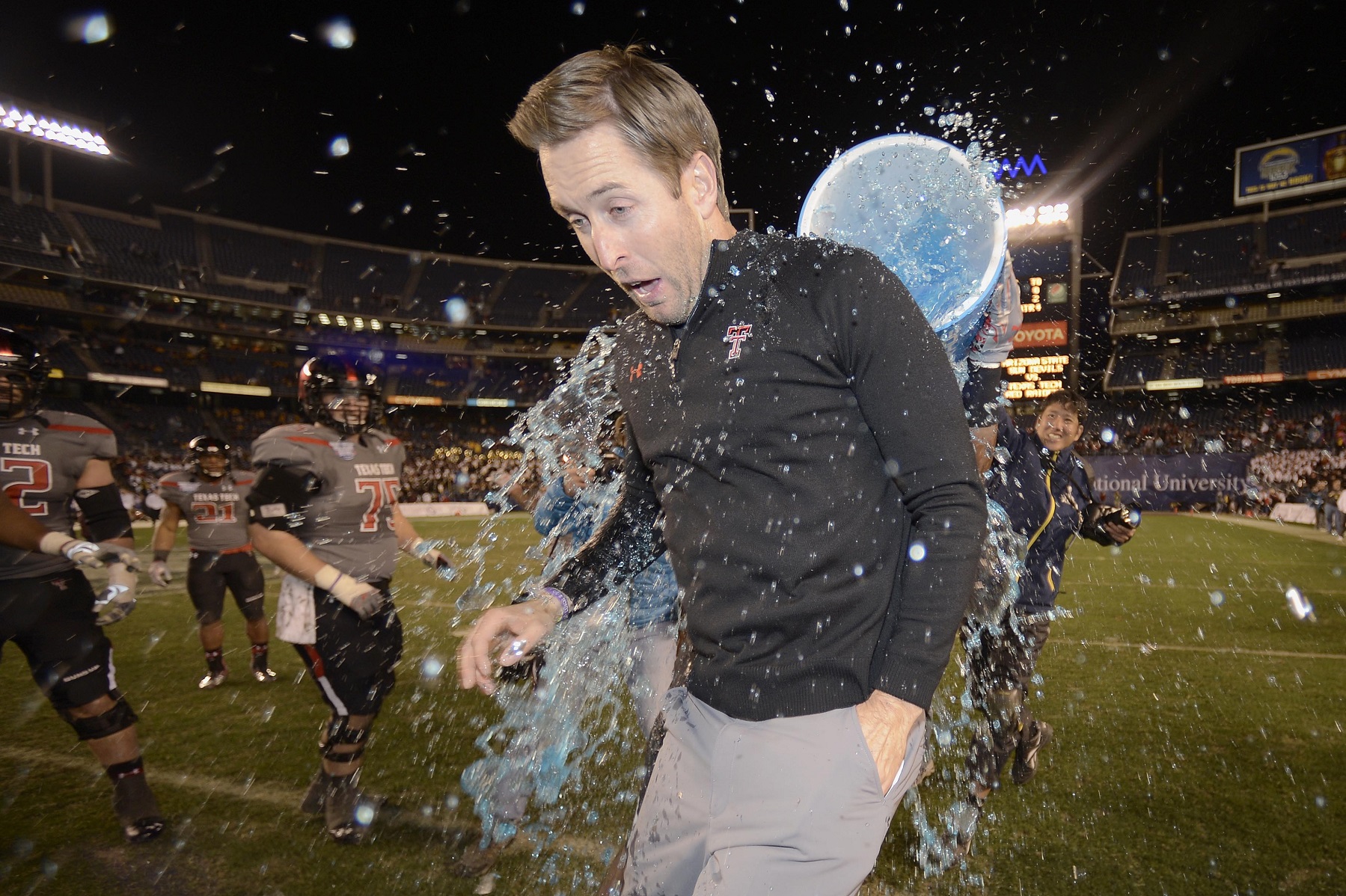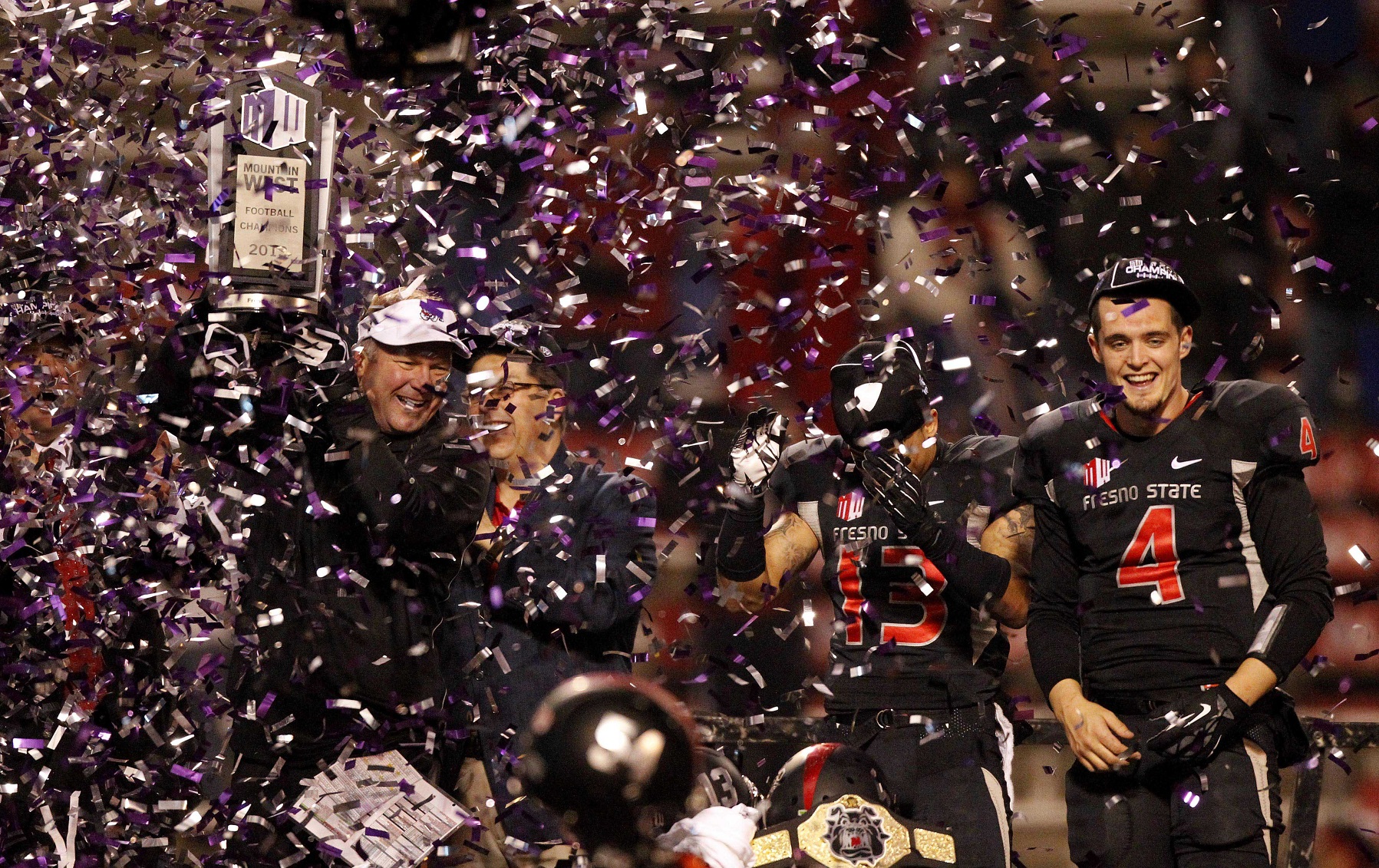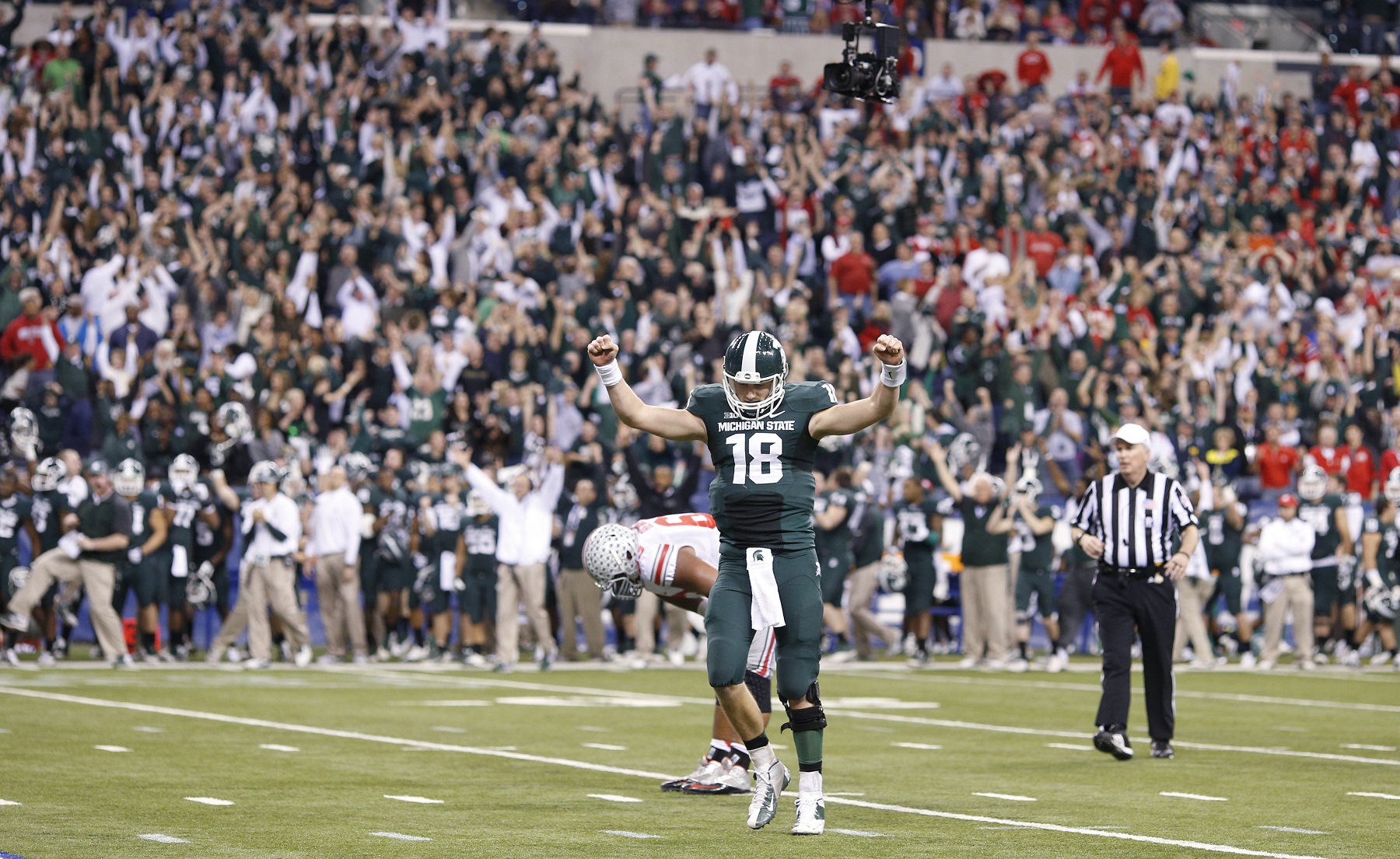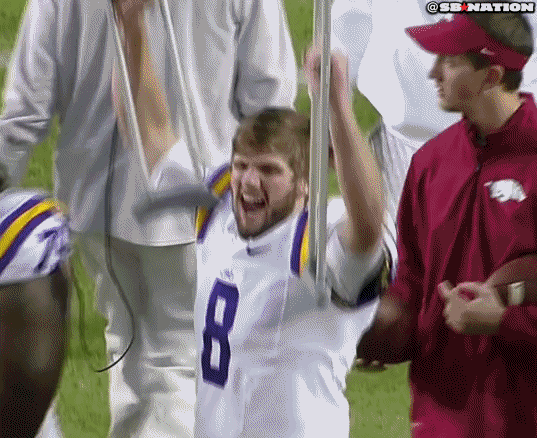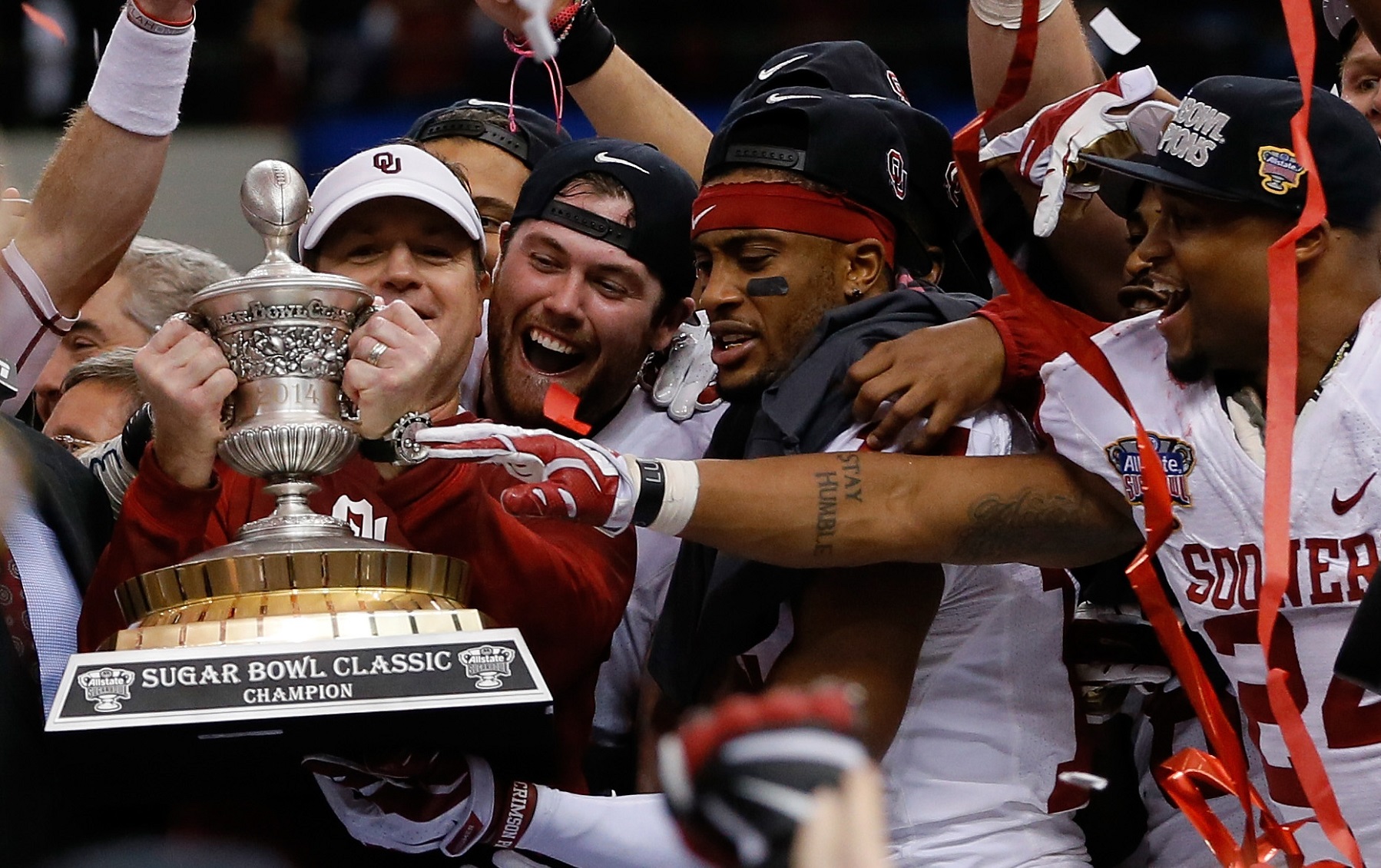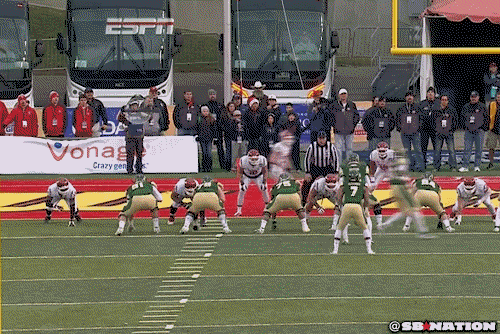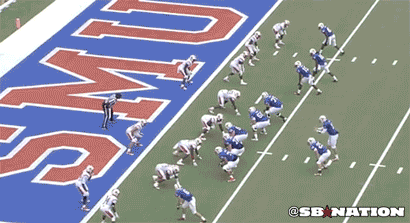Chapter 1
You have to understand what kind of pressure I was under. No kid -- and at 23 I was still definitely a kid -- should have to be under that kind of stress. The day the Yankees called Jimmie and me to the majors, the club president, Ed Barrow, sits me down and says, "Now look here, young fellow. It is my job to spend Colonel Ruppert's money, and spend it wisely. I paid $100,000 to the A's for you and only you. Your partner Reese, being older, cost a lot less." As if he thought I hadn't gotten it, he leaned over his desk, all crazy caterpillar eyebrows, jutting jaw, and bulging eyes, and poked a finger into my chest, saying, "You!"
"Yes, sir," I said. What do you say to that?
"You know how much the Colonel paid Harry Frazee for the Babe? Do you?"
I shook my head from side to side.
"He paid $100,000, the same as I paid for you. You see what I mean?"
I shook my head up and down. I mean, I did see it and I didn't, but I understood that "yes" was what I was supposed to say.
"Good. Then welcome to the New York Yankees." He extended his hand. It was gigantic, like a pot roast. I heard later he had been a bare-knuckle boxer in the last century, that he had challenged the Babe to a fight and the Babe, afraid for his life, backed down. I don't question the Babe's courage; I would have backed down too. I shook his hand, which had the texture of sandpaper. My own palms were sweating. He didn't seem to notice. "Someone outside will direct you to the ballpark for your uniform. Good day, Mr. Lary."
So that's how I began with the Yankees, and what was worst about it was that Barrow hadn't even told me what I was doing there. I was a shortstop, but they had several with the club. Mark Koenig had batted second for the 1927 team, which everyone felt was the greatest team of all time, even, or especially, the players who were on it. That was why, Hug explained to me later, they felt they could let up every once in awhile -- they had already done the greatest thing anyone would ever do on a baseball field, so why try to do anything at all? Hug -- Huggins to you -- he was the manager. Little guy. Very little. They killed him with that attitude, you know, literally killed him. Maybe Koenig was something like that, and that's why they were looking at kid shortstops that year, I don't know.
In addition to Koenig and me they also had this noisy Boston kid about my age, a little rat by the name of Leo Durocher. Yes, the very same who would later become famous as the manager of the Dodgers and Giants. I don't call him a rat because we were in competition for a job, but because he really had that kleptomaniac quality rats have, covetous and calculating, dressing up in borrowed or rented clothes, stealing what he couldn't borrow right out of someone's locker, hitting the swankier speaks after pawning somebody's class ring.
Oh, how Hug loved him. That was the one way I never understood Hug. He was a civilized man. He was a lawyer, you know. He smoked a pipe, and so I always associated him with my father, and my father was a gentle man, quiet like Hug. Yet, Hug wanted the rat to win the job over me. He didn't say so, I could just tell, the way he kept Durocher on the bench with him when he wasn't playing, talking and pointing at this and that on the field, pointing at me sometimes. That was another strike against me, that I was up against the manager's pet. I'm not saying Hug ever treated me unfairly, because he wasn't like that unless you wronged him. I just mean you knew where he stood on the matter. I never could understand it, Hug and Durocher.
Durocher couldn't hit like me, in fact he couldn't hit at all. The Babe, who disliked him even more than I did, called him the All-American Out. The Babe was as coarse as they say in many ways, and often misguided, but there was also no darkness in him, and he couldn't tolerate it in others. Still, even he had to admit that Durocher was a joy to watch in the field. He stole grounders from the outfield grass like he stole watches from the clubhouse.
Was it any wonder that whenever I got out there I started fumbling like I'd never seen a baseball before? A batter would knock one my way and I'd scamper after it and snag it in plenty of time, then straighten up to throw over to Lou at first and something odd would happen. Instead of just letting go and throwing the pill on a line, straight on like a bullet to the target, I'd start to think. Sometimes it would be about some girl who had turned me down in high school, or someone in the stands would catch my eye and I'd be sure it was my father, or ask myself, Who the hell wears a red sweater on a hot day like today? Sometimes, I'd just think about thinking about the throw. That's when bad things would happen, terrible things. The ball would end up in the stands, or the outfield, or Lou would have to dive for it and strain his back, and then everyone would be wondering if the Iron Horse would have to break his consecutive games streak because of me. And we'd lose games, games we would have won had I just been able to make a simple throw like I had been making all my life.
One game against the Red Sox I let one go through my legs with the bases loaded. Runners are flying everywhere, fans screaming and throwing bottles. It was one of those times when you're bent over, all you can see is the ground and you don't want to straighten up, but you know you have to. All right, I'm a man, I tell myself, I'll face it. I straighten up -- and I swear the runners are still running, an endless line of them, like more than four men can score on a play, and Meuesel hasn't even run in to pick up the ball, and there is Hug on the field. At first I figure he is going to hook the pitcher, but he's making a beeline for me, his finger repeating this "C'mere, c'mere" gesture. I look closer and Durocher is right behind him, pulling on his glove, and it hits me that I'm the one being hooked.
As I went past Hug on my way to the dugout, he said, "I didn't ask for you." I didn't say anything. I didn't know what to say. I knew he hadn't, so why fault the man for his honesty?
About a month into my stay in the big leagues, we were in Washington -- everything happened in Washington for some reason -- and I pretty much made us lose all by myself. We were up 3-1 in the bottom of the ninth when Bennie Tate grounds one right at me and I boot it. The next guy up -- that little second baseman they had, I can't recall his name -- he grounds one far to my left, but not so far I couldn't have gotten it if I hadn't been so lost thinking about the last one that I got a late jump on it. They call that a single, but forget it, that one was on me. We get an out somehow, probably because I had nothing to do with the play, but our pitcher is rattled now, and though Hug made a switch or two, we never got another out that day. It was just single, single, single, and suddenly we're walking off the field losers.
I'm coming in from short, walking with my head down, when I hear someone say, "Hey." I look up and Bill Dickey is coming towards me, all smiles. Bill had come up a year earlier than me, so even though he was younger than I was, I looked up to him as a veteran. I see the way he's grinning and I think he's about to tell me not to take it to heart, to forget all about it and go get ‘em tomorrow. I haven't even gotten as far as saying, "Hey yourself, Bill," when I saw a blur of motion and something struck me so hard on the jaw that I fell down, face first.
It was only after I felt the cool grass on my cheek that I realized that what had hit me was Bill's fist. I was trying to pick myself up when he grabbed me by the shoulder, flipping me over so I was looking up at him. The smile was gone. "Get serious!" he said, puffing. We started at each other a moment. He extended his hand and I took it and he pulled me to my feet. I spit blood and never said another word about it.
![1937_all_stars_crop_final2_medium]() Lou Gehrig, Joe Cronin, Bill Dickey, Joe DiMaggio, Charlie Gehringer, Jimmie Foxx, Hank Greenberg, 1937 All-Star Game (Wikimedia Commons)
Lou Gehrig, Joe Cronin, Bill Dickey, Joe DiMaggio, Charlie Gehringer, Jimmie Foxx, Hank Greenberg, 1937 All-Star Game (Wikimedia Commons)
* * *
Chapter 2
After that, I managed to pull it together for awhile, mostly because Hug gave Durocher the shortstop job outright and moved me over to third. It was hard for me to watch him playing my position, especially when I was doing my damndest to be worth $100,000, and no third baseman had ever been worth that -- Pie Traynor was, maybe, but I knew I wasn't him. What I wanted even more than to be Pie, though, was to be a big-leaguer and not get sent back to Oakland. The Oaks were good to me, and on the Pacific Coast League circuit you could see bigger crowds and get better pay than in some big-league cities, but once you'd been up it wasn't the same.
I somehow hung in with the bat from then on despite spending most of my time listening to a steady stream of Durocher's profane, self-congratulatory chatter coming from my left. Hug had moved me up in the order and was hitting me second nearly every day (for all his love of Durocher, Hug parked him in the eighth spot and never considered moving him) and I paid him back by hitting .300 for awhile. In late September, Art Fletcher told me that Hug wanted to see me in his office. Even though I had been hitting, the club hadn't been doing so well. We were 15 games behind the A's and it was a cinch that the Yankees wouldn't be going to the World Series for the first time in four years. As far as I could tell, the only thing different on the club from the year before was me, so I figured that being called in meant that Hug was ready to tell me that he had figured out where to pin the blame.
Hug was at his desk, his chair tilted back, his eyes closed. He wore a pained expression. He was sitting under some kind of lamp, and even though his face was bathed in its yellow light, I could tell that his skin was ashen. I closed the door behind me. He didn't open his eyes, but said, "Lary? That you? Sit down."
I sat across from him. "You've really surprised me these last weeks, the way you've played."
I thanked him, still waiting for the axe to fall. "You've changed my opinion. You're going to be around for awhile. That's why I wanted to talk to you."
I smiled, or I think I sort-of smiled. By that time, even I wasn't sure I belonged. I wasn't taking anything for granted, especially not with Durocher still on the team. "I've had it with this club," he went on. "A lot of the men who have been here, they're through, washed up with me and Barrow. They've won too much too easily, and now they're fat and happy, thinking the game owes them something, like a World Series share. I told Barrow that once it's all over we're going to have to back up a truck, cart ‘em away, and start over."
I stared, wide-eyed. Break up the club? Scatter Ruth, Gehrig, Meusel, and Combs to the four winds? "There's going to be some real kicking when they figure it out. They're going to be bitter that they've pissed this ...this great thing away" -- he swept his arm widely, taking in the thing, whatever it was -- "something that never has happened before and will never happen again." He scratched at something just under his left eye. When his hand came away, it had left a mark, red and angry, the one spot of color on a field of grey. It didn't fade the whole time I was with him. "Don't let them get to you. Don't let them poison you. We built it once and we can build it again, with or without them. Without anyone. You understand? It may not be the same, it can't be. They will write ‘Here lies the manager of the 1927 Yankees' on my grave." He opened one eye, but didn't look at me. He seemed to be staring right into the lamp. "You weren't part of that," he said.
As if he had to remind me. I swallowed once and nodded. "It's good that you weren't," he said, eye closed again. "You're unspoiled, see? Sure, you make mistakes, but you're not one of those who keeps the club's detectives busy at night, who looked at me when I got here and saw nothing but a shrimp that they could push around." He winced and touched his finger to the mark on his face, so that I didn't know if the pain came from the memory or from the mouse under his eye.
"Some of them are going to be awfully sore that they're gone, but the ones who are still here and see the writing on the wall will be worse. They're going to be shouting, cursing me, cursing the man upstairs and the man above him. When you hear them, and you will, I want you to take away something different. They may be cursing my name, but what you'll hear is in its place is ‘I,' all right? It may be ‘Hug' coming out of their mouths, but they have no one to be mad at but themselves, and they know it. Do you understand me?"
"Yes, sir."
"Good." He tilted his head back in his chair and angled his face so that the mark was up close to the light. He breathed deeply, and the sound that came out of him was the sigh of what my father used to call the noise of a 40-hour man working a 60-hour week. I never knew if pop meant it as praise or condemnation, I just knew I was looking at it then. I must have made a sound myself, because he said, "You still here? Run along now like a good boy."
I stood and got out of the room as quickly as possible. He hadn't looked at me the whole time. As for me, it was the last time I saw him alive.
* * *
Chapter 3
Things happened quickly after that. Hug was gone. That sore under his eyes, it was ... something like a time-bomb. I never did find out exactly what it was, but it festered and poisoned him. They took him away with a temperature of 105. Does that scare you? It does me, though even now, all these years later, I can't help but think about it sometimes. Imagine, him then, the pipe-smoking lawyer-manager, the sane center of any room he entered, even -- and especially -- the Yankees' clubhouse, reduced to hysteria, the little man's hard-won dignity stripped away at last by the fatigue of years, by Babe Ruth and Carl Mays, and a tiny spot on his face that boiled his brain until all he could see were demons. He died screaming.I think I gloat on that a little, for what he put me through. Does that make me a bad person, or does that just make me human? Some of the things I've seen, I think maybe that's an artificial distinction.
Durocher had lost his best friend on the club. It didn't take him long to make the best of it. About a month later, somewhere between the stock market crash and Christmas, he told Barrow to go fuck himself during a contract negotiation. Before the words were out of his mouth, Barrow had had the flashy little son of a bitch blacklisted in the American League and packed him off to the last-place Reds. They could do that in those days, push you out whenever they wanted, and there wasn't a damned thing you could do about it.
When the stock market fell, my money followed Durocher out the door, just as if he had filched my wallet before leaving. I didn't care, not much, because I knew what the rat's exile meant for me: shortstop was down to just Koenig and I, and if they had liked Koenig, why bring me and Durocher along in the first place? The job was a cinch if I could just keep my head on straight. Still, when I reported to camp the next spring and the new manager, Bob Shawkey, told me I had made the team, I had to ask, "Really? On the level?"
![98825813_medium]() Yankee Stadium monuments, L to R: Lou Gehrig, Miller Huggins, Babe Ruth (Getty Images)
Yankee Stadium monuments, L to R: Lou Gehrig, Miller Huggins, Babe Ruth (Getty Images)
"You hard of hearing, kid?" Shawkey said. Once again I was getting off on the wrong foot. It's a talent, and I was consistent with it, unlike fielding grounders. Still, I didn't start, not once, for the first six weeks of the season, just sat there, watching. I barely even pinch-hit. Shawkey stuck me on the end of his bench and forgot about me, or so I thought. Even then, I wasn't too upset. I mean, you know what the last man on a major-league bench is? A major-leaguer. That's what I wanted to be, and I figured the chance to do more would come later. Besides, I had muffed my first chance so badly that I figured I could only hurt my cause by going out there. On the bench, I brimmed with unutilized potential. On the field, well, that was a different story.
What I didn't know was that Hug's promised housecleaning was still on, even with Hug out of the picture. Barrow had heard what he'd said about changing things, and he was determined to honor the skipper's wishes. Even if it were too late to do him any good, it might still help the ballclub. Shawkey may have been manager, but to Barrow he was just another ex-ballplayer jerk. At the end of those six weeks, Barrow waived those thick arms and poof: Koenig vanished to the Tigers and I was the starting shortstop.
I still threw too many balls into the stands -- one is too many, really -- and I can only guess that I held onto my job because Shawkey was stuck with me. My mental confusion was persistent, despite my every attempt to change the subject, to distract myself. I got to know and love New York, especially the theater. I saw so many shows, left the clubhouse in evening clothes so many times, that the Babe started calling me "Broadway." I even started seeing my name in Walter Winchell's column alongside the actors and gangsters. It was embarrassing, but in a good way -- it inspired the kind of self-deceptive thinking I needed. It made me feel like I belonged. I was too young then to realize that just because you're mentioned in the same sentence as some famous actor or playwright or even Lou Gehrig and Babe Ruth doesn't mean you have been accepted as one of them or even by them. You're just there. True acceptance follows accomplishment, and I didn't have that.
One night around that time I woke up panting from a nightmare. I had dreamed I had been in line to enter a great church, a huge granite structure that reached up towards a darkening sky. Over the door, carved in letters a hundred feet high, was the word NO. I asked the next fellow in line what it meant, and he said, "Everyone is told that Jesus died for his sins. Well, mister, maybe he died for mine, but he didn't die for yours. You ain't earned that yet." I didn't get a hit for three days after that.
All of this, this thinking, it cost me. In late June we were playing the Tigers and Liz Funk -- I bet you didn't know there used to be ballplayers with names like Liz Funk -- was on first. I was lost somewhere again, maybe thinking about some show I'd just seen or humming the tune to "St. James Infirmary," or wondering where my father was at that moment, and I hadn't quite realized that Lazzeri had flashed me the sign that said I was the one to cover second on a steal attempt, or that I had acknowledged same. I must have; I still don't know. Picture me, standing on the dirt, half fixated on home plate, half on "Ten Cents a Dance," none at all on Liz Funk, who has a lead I don't even notice:
Ten Cents a dance
That's what they pay me
Gosh, how they weigh me down!
Funk has crossed his left foot over his right and is pushing off down the track.
Ten cents a dance
Pansies and rough guys...
Shouting now. I come out of the dream too slowly, see him halfway down the line, see Hargrave already has the pitch and is rising out of his crouch to make the throw, and too late I break for the bag.
...Tough guys who tear my gown!
All three of us arrive at the same time, Liz Funk, the ball, the Rodgers and Hart tune, and me. Liz is safe, there's no doubting that since I don't even have the ball yet, and I know that my main job now is just to catch the thing and keep it from going into center field.
Seven to midnight I hear drums...
I extend my glove hand, Funk extends his legs, and the ball is just the ball, moving hard and fast. Both Funk and the ball hit me in the thumb at the same time, so I'll never know which of them broke it.
Loudly the saxophone blows...
I could never listen to that song after that. I sat for two weeks with that thumb, but I didn't have to worry at all. Right off, Shawkey told me that my job would be waiting for me when I was ready, no matter what happened while I was ought, and everyone on the team rubbed my head and called me "Kid" and joshed me in a gentle way that told me that whatever I had been doing wrong, they hadn't been bothered by it. At least, that was what I thought at the time; it never occurred to me that they might have just been being nice. All I knew at that moment was that it took a broken thumb to tell me I could finally relax, that I had made it. Oh, what a fool I was.
* * *
Chapter 4
Even in my moment of triumph, I felt a little guilty, because as my on-field stock was rising, Jimmie's was plunging. Let's face it, though, it takes a special player to beat out a Tony Lazzeri, and Jimmie wasn't him. I don't know what the Yankees were thinking, asking him to try, or maybe they had to take him to get me. They called us the Keystone Kids in the PCL, and maybe the Oaks pitched us as a package. Maybe Barrow figured I'd play better with my double-play partner in town. I didn't, though; Jimmie couldn't help me with my problems because he had troubles of his own -- they made him Babe Ruth's roommate. I don't believe he got a good night's sleep the entire time he was in New York. Neither did I, but that was because I was going to shows, not running interference with Ruth's dames.
With Jimmie preoccupied with the Babe, 1931 was the year I got to be friends with Lou Gehrig. See, Shawkey was only 39 years old then. He had been a pitcher and one of that 1927 gang Hug had warned me about, and it must have been that Barrow thought that having been one of them, he would have their respect, or failing that, he could give ‘em as good as he got. Barrow couldn't have been more wrong. They knew Shawkey too well. They knew everything about him, what he liked and what scared him, what he would put up with and what he wouldn't, and they always pushed him to within an inch of every line they knew he had. Lou and I were the only two on the club not trying to walk all over "Sailor Bob," and so we became comrades, the only two serious guys on the club.
![Foxxruthgehrigcochrane_medium]() Jimmie Foxx, Babe Ruth, Lou Gehrig, Mickey Cochrane (Wikimedia Commons)
Jimmie Foxx, Babe Ruth, Lou Gehrig, Mickey Cochrane (Wikimedia Commons)
I say "comrades" and not friends because while I thought of us as friends at the time, looking back, I don't think that was true, and not just because of what happened later. When I think of all the talks we ever had, I can't think of a single thing he said or a conversation he ever started. Look at the pictures of him now, the same expression on his face in every one. That's the expression I remember, smiling serenely, mouth not moving, letting you know he was happy to be there, but nothing more than that.
Yet, what's your definition of friendship? Someone you can go to the game with? Grab a drink together on the night the wife lets you out? That's not mine. Mine is: A friend is someone who, when called upon, will make every effort to save your life. That was what Gehrig did for me.
But first I did something to him, that's how it began, and although I didn't realize it right away, that's also where it ended, never moving off of that same spot. It was yet another mixed-up year for the club, the third in a row of us chasing Connie Mack and the A's. We could hit with anybody, mostly because we the Babe and Lou were almost a whole offense by themselves, but despite old Sailor Bob having been a pitcher, we just couldn't get anyone out. Bob hadn't been the club's first choice to follow Hug, but their fourth, Barrow and Colonel Ruppert having been turned down by Donie Bush, Eddie Collins, and Art Fletcher. Even though they were fond of him given all the good pitching he'd done for the club over the years, when it turned out Shawkey had no special insight as to how to make anybody else pitch better, neither Barrow nor Ruppert felt strongly enough about him to argue for keeping him. In came Joe McCarthy, a career busher who had just been let go by the Cubs after a kind of coup by Rogers Hornsby.
Just like Durocher, Shawkey was gone before he even knew what had happened. There was no warning or explanation, just a thunderclap and some other guy standing in your place. It was a good break for me, because Joe had been watching from afar, had seen what I had gone through, and was impressed that I had stuck it out. Maybe because he had just been run out of Chicago he was impressed with someone who hadn't been run out of New York, I don't know, but he stuck me in the lineup and kept me there, and I finally started playing with some confidence. I got hot early, hitting .300 right out of the gate and knocking my first home run in the fourth game of the season. The rest of the team was right with me. The veterans on the team had walked all over Sailor Bob because he had been one of them, but McCarthy demanded respect and got it from everyone except the Babe, who thought he should have been offered the job. Even he didn't kick, not publicly, but only sulked whenever McCarthy wasn't looking.
In the meantime, he went right on doing his job. We were winning nearly every day, and even the Babe said we were going to win the pennant. "Who's gonna stop us?" he asked me one afternoon after he had knocked me in twice on two home runs off of George Earnshaw. Who indeed. How was he to know that the answer to the question was me?
That April, I caused Lou Gehrig to hit a home run that retired the side and lost us a game. It was my signature achievement in the major leagues. In my career I scored 100 runs three times, even led the circuit in stolen bases once. That year I drove in 107 runs; no Yankees shortstop before or since has driven in more than 78. Yet, what I did to Gehrig that day remains my monument to myself, the moment where my talent for turning gold to dross reached its zenith. After, I wanted to kill myself. I would have, if not for Lou.
It was a cold, wet, dark day in Washington, one of those afternoons where no one would have complained if they had just called the whole thing off even if no single element -- the steady, light rain, the high winds, the lack of sunlight -- was enough to cancel the game by itself. It's not like Clark Griffith had a good gate to lose, since the Babe wasn't playing. He had crashed into Charlie Berry on a play at home plate when we were in Boston a few days before. Nothing was broken, but he had lost all feeling in his leg and had had to go home in a wheelchair. He was still on bed rest and hadn't made the trip.
![Griffith_stadium_during_1925_world_series_medium]() Griffith Stadium (Wikimedia Commons)
Griffith Stadium (Wikimedia Commons)
What point is there to playing a baseball game, any baseball game ever, really, without Babe Ruth? We played anyway. Well, you could call it playing. We gave up an inside-the-park home run when Ruth's replacement mistimed his dive on Ossie Bluege's line drive and not only missed the ball but dislocated his shoulder so that he could only lie there in pain and shock as Bluege circled the bases. That hurt, because Ossie would sometimes go a whole year and hit but one or two home runs. That was also the end of our only spare outfielder, because the Babe was in bed. Sammy Byrd, the usual reserve outfielder, had started in left so Ben Chapman, normally the left fielder, could play second so that the second baseman, Lazzeri, could play third in place of Joe Sewell, who McCarthy had benched for being from Alabama. Joe was a great manager, but he had one blind spot, which was he just hated guys from the deep south. That always struck me as odd given that he'd spent half his professional career in Louisville, but then again, maybe that was why. Rather than undo the whole mess by unbenching Sewell and sending everyone back to their regular places, Joe had Red Ruffing, maybe our best pitcher, go out to right field. Red could always hit, so I guess that made sense in its way too.
Things actually got worse from there. Byrd played the game in a strange funk, pulling up on a fly ball hit by Buddy Myer and making out like it was my play even though the ball was halfway to the fences. Later, with us down 8-7, he ran to third base on a comebacker Jimmie hit to the mound only he had neglected to notice that Chapman was still standing there, Ben having been held by McCarthy on the ball back to the pitcher. Joe Judge, the Washington first baseman, simply strolled across the diamond and tagged him out, killing the rally. All of that, though, came after my star turn.
I batted second that day. Dusty Cooke, who would shortly tear his arm out its socket, was batting third, Joe apparently not wanting to shake up his batting order any more than he had to with Ruth out. Lou, as he always did, batted fourth. Well, Earle Combs grounded out to open the game. I worked a walk, always a specialty of mine. Cooke struck out. That's when Lou came up and socked Firpo Marberry's first pitch a long, long way to center field. I lit out for second base and then third, knowing that given where he hit it either it was going to drop and I would be safe or it would be caught and the inning would be over.
The thing was, with the wind whipping the rain in my face and what a long trolley ride it was to deep center in Griffith Stadium, I had a hard time seeing exactly what had happened. I looked up and saw the ball come down, blinked the water out of my eyes, and saw Harry Rice tossing it in without any urgency, lackadaisical-like. I looked behind me and Lou was just kind of jogging along with a kind of disgusted look on his face. The crowd was quiet because there was no crowd. I made an inference, drew a conclusion: the ball had been caught, the inning was over. I touched third and turned for the dugout, wondering why Joe's eyes were bulging so as I passed him in the third base coach's box.
I skip down the dugout steps, take a drink of water, and look up just in time to see Lou jog down the third base line and touch home plate and the umpire's fist go up. "Out!" he called, Lou, three steps to the dugout, turning, a look of confusion and fury on his face.
"What?" I said cleverly. Griffith Stadium had a bizarre kink in the outfield wall where some homeowners had refused to make way for the ballpark 20 years earlier. As a result, center field featured an inward-projecting triangle like a ship's bow that cut around the holdout properties. The left-center field bleachers were snug against the bulge, so at any given game there was a sizable collection of fans for whom the action in right field (i.e.: the Babe) was only a rumor. If you were standing at home plate, the combination of white shirts and strange angles made it very hard to place the ball's exact location. Somewhere in that area, Gehrig's ball had been given an extra kiss by the wind and it had gone out -- that is, had been a home run -- and then bounced back in. Rice had thrown it back in because he hadn't known what else to do with it. When I peeled off for the dugout and Gehrig passed third, he had passed the runner ahead of him and therefore, according to the rules, was out, home run or no.
McCarthy rounded on me. "What was that?" he shouted.
"I thought -- " I began.
"You thought?" he roared, incredulous. "With what?" Give Joe credit, though. He left me in there. He didn't have a doghouse. You were either on his team or off it, and I was on his team. I started every game that year. Of all the Yankees, only Lou and I could say that.
At that moment, though, my only thought of Lou was somehow making it up to him. He was furious, and he was not a man easily moved to emotion of any kind. Instead of a home run, he had a triple. Instead of two runs batted in he had none. Ballplayers care about those things, especially the great ones like Lou, and that goes double if they have to play in the shadow of the Babe, to whom Lou was usually the runner-up in performance and acclaim. I couldn't look him in the eye when he came off the field, but later, after we had lost the game by the two runs I had cost us, I tried to apologize to him, but he turned his back and pretended I wasn't there. "Too bad about Cooke," he said to no one in particular. "Shame it couldn't have happened to somebody else."
* * *
Chapter 5
I didn't go back to the team hotel after the game. Not really thinking about where I was headed, I hopped a trolley car outside of the ballpark and rode it down into the center of town, where all the government buildings are. Paying no attention to the rain, I walked until I found myself standing at the edge of the Tidal Basin, the manmade inlet of the Potomac where they have all the Japanese cherry trees. I sat on a bench and watched the water rise and the grey sky fade to blue, then black. The wind that had made the game such hell whipped across the basin and threw up a fine mist that made interlaced patterns of moisture with the light rain that had continued all day. I was like sitting under a cold shower. I was shivering, but I wasn't truly aware of it except to think that it was no more than what I deserved. I wondered if the water in the basin itself was warmer than that coming down from the sky. I wondered what it would be like to walk in until the water was over my head, and keep going, and never come out again.
I intended to find out.
I sat down on the bank and pulled off my shoes and socks. I dangled my feet over the side and prepared to push my body over into the water, counting one, two --
Someone was calling my name. "Lyn! Hey, Lyn!" I turned. It was Lou. "What are you doing out here? Don't you know I've been looking for you all over?"
I hadn't been aware anyone had been looking for me and said so. "How did you find me?"
"You said something to Reese about taking a look at the waterfront." I had? I didn't remember speaking to anyone. "Gee, I felt terrible about the way I'd treated you and was worried you took it hard. I guess I'm the sap. Here I thought you were upset and instead I found you making like a duck, paddling your feet in the water." He paused, looked around, seemed to take note of the weather for the first time. "Come to think of it, that's not normal. You sure you're all right?"
"Did I say I was?"
The rain intensified. He pulled his hat down, sending a pool of water that had collected on the brim cascading down to his shoes. "Say, you could catch your death out here."
"That," I said, "was the general idea."
"So I was right, you are down about the game."
"Wouldn't you be? Think about it, Lou. When I joined this team in 1929 it was the defending world champion. Since I got here we haven't won anything. We've been through three managers in three years, and the only reason I'm even still with the club is that the first one died before he could make Leo Durocher his shortstop. I still throw away too many balls for my job to be safe and I always will. And today I pull a rock like that on the bases and I cost you a home run. Let's face it, the club would be better off without me."
He reached down, took hold of my arm, and pulled. I let him get me standing. "Listen you bird," he said, looking me in the eye, "I was plenty steamed about that home run, I admit it. But then I got to thinking: I figure if I'm lucky I can play until I'm 37 or 38. I'm going on 28 now, so that gives me about 10 years still to go. I've been coming to the plate about 600 times a year, so that means I'm going to hit another 6000 times. Simple math, right? I've been hitting around 45 home runs a year, so let's say that's one every 15 times up. It's a little better than that, really, but we'll allow a little room for a slump now and again. That means that if I keep going on in the same old way, I have another 400 home runs coming to me after this season."
"Or about 398 more than I'll have," I said sourly.
"The point is, I think I can afford to lose one now given that I'm likely to make it up later. Besides, if it's 399 or 400, who is going to miss one home run more or less? But" -- here he put on a mock-serious expression -- "if Colonel Ruppert cuts me for hitting one fewer home runs this year than last, it's coming out of your pay, got me?"
I forced myself to smile. "It will be my pleasure."
"Glad we got that straight. Now, come on, let's go before I catch a cold in my back and Joe fines us both for not being smart enough to come in out of the rain." I let him lead me away from the water, hopping awkwardly after him as I pulled on my shoes. Instead of going back to the hotel, Lou insisted we go to the movies. We saw the new Chaplin picture, City Lights. One long scene had the tramp trying to stop a friend from committing suicide by jumping into the water. I glanced at Lou to see if he registered the irony. His expression gave away nothing like comprehension.
When we parted company at the end of the evening, he patted me on the shoulder and said, "Get a good night's sleep and forget all about today. It could have happened to anybody, okay?"
"Okay," I agreed, smiling gratefully at his great generosity.
I played the next day. Unable to concentrate, I went 1-for-6, made an error, and left Combs stranded on base three times as we lost in 12 excruciating innings. That night Lou insisted we go see another film, The Public Enemy, with James Cagney as the titular bad-guy. There is a scene, which later became famous, when Cagney smashes his girl in the face with a grapefruit half. It reminded me of the time Dickey had hit me after I had fumbled a game away. Again, I looked at Lou, and again I saw only a man enjoying a movie.
By the time we finally got off the road, Joe had dropped me from second to seventh in the batting order. I figured that was the writing on the wall, that the next step after "down" was "out." Lou must have noticed, because after our first game at home was over he said, "I'll be by for you around 6 o' clock." I shrugged and nodded -- we hadn't made any plans, so this was my first inkling we were going out that night -- but that was Lou's way; he wouldn't say two words when one would do, and wouldn't say one if a grunt or a nod would suffice.
He knocked on my door at the appointed hour. If it had been the Babe who had taken an interest in me, I might have opened the door to find not only the big man himself, but also a girl on each of his arms, one of them reserved for me. But Lou was unlike the Babe in every way, and when I opened the door I found him out in the corridor alone. To that point he had shown little interest in women; the veterans on the club couldn't recall him going on more than a couple of dates. Most afternoons after the game he went home to his doting parents. At least, that's what I thought; that day I found out the truth was a little different.
Not knowing where we were headed, I dressed up in my full "Broadway" get-up, which included a derby hat and spats. Seeing me dressed up like that, Lou gave me a queer look but made no comment. We took his car out to Westchester, where we stopped in a little Italian restaurant, a mom and pop place where the owners knew him. They favored us with garlic bread, antipasto, plates piled high with spaghetti and sausages. It was delicious, the best food I had tasted in some time, and I tucked in with a vengeance. I noticed Lou was a little more reserved in his eating. He seemed to enjoy my enthusiasm, though, and I was happy to please him.
It was early evening on a warm spring night. What were a couple of well-fed single ballplayers to do? Left to my own devices, I might have gone to a show, hoisted a few at a speak, maybe called up a girl and asked her to go out dancing. We didn't do any of those things. We hopped back in Lou's car and drove a few miles away to Rye Beach, a place I had never been before. We get out of the car and I see a boardwalk, rollercoasters, and a dance hall, and for one disconcerting moment I really thought Lou had taken me on a kind of date, a feeling that was redoubled when he paid my way into the amusement park.
We go inside and Lou makes a beeline straight for the biggest rollercoaster, a wooden monstrosity that seems to go on for miles and rises about 100 feet in the air. Before I can register an objection we're in the thing, the two of us sharing a car as we climb up, over, and through wooden rafters, plunge through tunnels, and are hung out over the water like dizzy seagulls. At least, I was dizzy. I looked over at Lou and there is the same happy-to-be-here expression he wore at most times.
Somewhere in the tunnel my derby flew off my head and vanished into the darkness.
About three and a half minutes later we stumbled off and the only thing I could think of was not muffing another play, this one involving cleanly depositing the contents of my dinner in the nearest trashcan rather than on my spats. Lou stood a few yards behind me while I retched up gallons of half-digested Italian food. "When we're at home I come here by myself most nights and ride the Dragon until closing," he said. "It relaxes me."
"Relaxes?" I sputtered, trying to keep from heaving the rest of my guts out. "You really are the Iron Horse." I put my hands on my knees and took deep breaths, trying to stop the world from spinning.
"It never gets me that way. Maybe the Airplane will be more your speed."
"Airplane? I'm not getting on any airplane."
"It's not an actual airplane, it's another coaster, a little more tame, maybe."
"You sure?" I said skeptically.
"Oh, yeah," he said with what sounded like a little doubt in his voice. "It banks a little more, maybe, and it has that corkscrew feature about halfway -- "
"Lou," I said panting, "I can barely get through a ballgame without hurting myself. I don't think I am meant to corkscrew."
"Aw, shucks," he began, "I just thought we could -- That is -- " As he stammered, I realized I was looking at a disappointed little boy in the body of a grown man.
"That's all right," I said. "You go on ahead and ride the Airplane. I'll watch."
He brightened. "You sure?"
"Positive." I forced a smile. He nodded and hurried off to get in line.
That was how I spent most of my nights in the spring of '31. If we were home, Lou would take me to the amusement park, where I would watch him ride the rides. Sometimes we would go back to his house where Mom Gehrig would stuff me with sauerkraut and bratwurst, but I had learned my lesson -- I'd consent to go there after the trip to Playland, only after. On the road, we'd grab dinner and a movie. Once or twice he even consented to letting me take him to a show and introduce him to the kind of hoofing and warbling that got me going more than any roller coaster ever could. My first attempt, a Jerome Kern musical called The Cat and the Fiddle, came to a sudden halt where Lou was concerned when, right after the second act curtain, the ingénue sang "She Didn't Say Yes:"
She didn't say yes, she didn't say no
She wanted to stay, but knew she should go
She wasn't so sure that he'd be good
She wasn't even sure that she'd be good
He blushed furiously, jumped out of his seat, and high-tailed it to the lobby like he was legging out a triple. Being a bit thick, my next choice was that year's installment of the Ziegfeld Follies. I hadn't realized that the Depression had taken a big chunk out of old Flo Ziegfeld's gate receipts and the Follies, which had been running pretty much continuously since 1907, were on the verge of folding. The Follies had always been known for having the most beautiful girls on Broadway, but Ziegfeld figured he needed to add an extra touch of sex beyond that and engaged the notorious fan-dancer Faith Bacon that season. Well, Lou got one look at her in the altogether, shot me a look that if anything was even more harsh than the one when I negated his home run, and stormed out.
From then on we stuck to the amusement park. Over the weeks that followed I gradually forgot my depression and settled in to play the best baseball of his career. As for Lou, he went on just as he always had, but better: he played every day, batted .341, set an American League record with 184 runs batted in (which should have been 186) and hit 46 home runs. This last led the league -- well, sort of. He tied for the league lead with Ruth. It was as close as he would come to beating the Babe during his prime. Lou would finally win a home-run title outright in 1934, their last year together, when Ruth was a fat and gimpy 39-year-old playing part-time. If not for me, Lou would have beaten him at his own game when he was still close to the peak of his powers, another wound on my conscience I would struggle to heal.
* * *
Chapter 6
Baseball throws people together and it tears them apart. Lou's time as my friend and guardian would prove to be short. The same month that I hit bottom as a ballplayer I met my future wife. As you might have guessed, Mary was an actress. I'd seen her the year before in a film version of Good News singing "I'm Lucky and Love" and cleaning up broken dishes while the male lead sang "The Best Things in Life Are Free" and hadn't succeeded in getting her out of my mind for too long since then, a pert little brunette in an apron a guy could dream on. Well, in '31 she came to New York in a play and I wrangled an introduction. Things went quickly from there and we were wed in July. We've been in and out of love a few times since then and even broke up for awhile, but we're together now and I expect we'll stay that way.
Somehow, Lou met someone too, a lovely girl named Eleanor he'd met at a party in Chicago that same year. They began a correspondence, probably the best way for Lou to get to know anyone, and they were married in September of '33. She couldn't sing and dance like my girl, but she was perfect for him, smart enough to know how to draw him out and athletic, too -- she could ride a horse, whip you at golf, hold her liquor no matter how bad the speakeasy rotgut or bathtub gin you were serving, and finish out the evening by taking your money at the poker table. Most importantly, she had the gumption to stand up to Mom Gehrig and spring the big guy from her house.
As Lou and I were becoming less important to each other (if I was ever important to him), I was becoming less important to the Yankees as well. I opened up '32 hitting well enough, but that June I hit a slump both at the plate and in the field I just couldn't shake. I didn't make any more right turns at third base in the middle of someone else's home runs, thank goodness, but I wasn't helping either. I guess Joe got to the point he couldn't wait for me anymore, and that July he sat me down. A kid named Frankie Crosetti took my place at short, and although he couldn't hit like I could when I didn't have my head stopped up with songs and fathers and failure, I saw the plays that he could make, acrobatic, whirling stops and throws that I could only dream of, and I knew I wouldn't ever get my job back. And I was right -- Cro held onto that position for 10 years, until Phil Rizzuto came along and took it from him.
I lingered on the Yankees bench for awhile. That fall I watched as we finally got back to the World Series and whipped the Cubs in four straight. That was the one when the Babe supposedly called his shot. I was looking right at him and I'm still not sure. What I do know for certain is that after the Babe hit his, Lou came up and hit one as well, though he didn't do anything dramatic like pointing. They both hit two that day. They were no longer talking by then due to some silly argument when Mom Gehrig criticized the way Claire Ruth was raising the Babe's daughter Dorothy and the Babe criticized Mom Gehrig, and the Babe was getting to the end of his big years, being 37 and having let himself go a little. They'd be together two more years without getting back to the Series, so it seems to me that if you were lucky enough to have been at that game you saw the two greatest teammates a team was ever lucky enough to put in one lineup at the last possible moment they were both in full possession of their mature powers. And I, for all my faults, I saw it all.
Then again, I had no choice but to watch: Joe went with Crosetti right down the line in that series. I didn't get off the bench for even one pitch.
I stayed on the sidelines all throughout '33, backing up all over the field. The next spring, after I'd begged Ed Barrow to send me somewhere I might play and get my career going again, he finally traded me -- to the Boston Red Sox, a team that had finished seventh or eighth almost every year since 1920. Well, fine, if that was what it took to get back on track, I'd make the best of it.
After announcing the trade, Barrow told the writers that buying Jimmie and me was the most disappointing deal he'd ever made. "Frankly," he said, "I've got to be ashamed of it."
I'd be traded many more times after that, and no one else ever felt the need to apologize for me as I went. I never did find much in the way of consistency. Some years you might have put me on the All-Star team if you had been picking it (though I never was named to one), others you'd wonder what I was doing on a major league roster -- and I'd be right there wondering with you.
By the winter of 1940 it seemed likely I was all done. In '39 I'd started with the Indians, been purchased by the Dodgers, where I had the pleasure of being put on waivers by my old rival Leo Durocher, and finished with the Cardinals. With all the moving around I never could get untracked, and I hit just .179. In '40 the Cards released me without even letting me get into a game. The Browns picked me up, but I couldn't do anything at the plate and in mid-August they gave me my release. I went home to California and waited for the phone to ring. It never did. At least Mary went with me; we had divorced in January, but by September we were ready to give it another try.
You know what was happening to Lou at the same time, how he started slowing up in '38 and then in '39 that he could barely play at all. On May 2, he finally took himself out of the lineup after 2,130 games. That June, he went to the famous Mayo Clinic in Minnesota, and received the diagnosis of amyotrophic lateral sclerosis, slow paralysis, and on July 4, after he and the Babe had finally made up with an embrace before nearly 62,000 fans, he looked at all that surrounded him and pronounced himself the luckiest man on the face of the Earth.
Maybe I will sound selfish if I say this, perhaps you will think less of me, but it is the truth: at that moment, absorbed as I was in fighting for both my career and my marriage, I hardly took note of any of it.
Late that December, feeling panicked about my chances of ducking the onrushing end of my time in the majors, I took the train east to ask Ed Barrow if he might be interested in giving me one last chance with the Yankees. Crosetti was only 29, but he had slipped badly that year, hitting only .194 while playing every day. The Yankees had missed taking their fifth straight pennant by just three games, and I knew that inside the team's offices on 42nd street fingers had to be pointed at Cro just as they were once pointed at me.
Barrow was willing to see me, but he made me cool my heels for a few days before he would grant me an appointment. By the time I got to see him it was December 24th, the day before Christmas. This last meeting went no better than our first. I had guessed correctly about their disenchantment with Crosetti, but was wrong about the shortstop's job opening up because Rizzuto was on the way. In fact, not only was he considered to be ready as of spring '41, but Barrow and Joe felt that the only reason they had failed to reach the World Series was that they had hesitated to call him up already, an oversight, Barrow said, "Which can only be chalked up to a kind of epidemic bout of stupidity" among McCarthy, the farm director, George Weiss, and himself. "Frankly," he said, "I've got to be ashamed of it."
I showed myself out.
Before he and I had gotten down to business, Barrow had given me an update on Lou's condition and suggested I look in on him while I was in town. "He and Eleanor don't get out much now that his condition has worsened, and I know it would give him a lift to see an old friend." At a loss for anything else to do -- I had no contacts among Horace Stoneham's Giants circle and Durocher's Dodgers had already decided they wanted nothing more to do with me -- I pitched myself into a phone-booth and rang the Gehrigs' house in Riverdale.
A maid answered. I wished I could have afforded to give Mary a maid. She put Eleanor on. "Oh, I do wish you'd come," she said after I'd explained I was in the city. "Lou always feels so encouraged when one of the old gang drops by." I jotted down the directions and, not wanting to impose, said I'd be there after dinner."
Eleanor had done up her and Lou's house beautifully. Flowers burst from every border and crevice. The colors were so vivid and varied that it was as if the house was at the center of a static fireworks display. It made me sad to think that Lou no longer got to see it.
The maid answered the door and escorted me into Lou's library, which was really a trophy room that also happened to house some books. Every award he'd received going back to his Columbia University days was on exhibit. I marveled at his two Most Valuable Player awards, the silver trophy given him on that funereal day in his honor with the signature of every one of his then-teammates inscribed upon it. Prominent among them was the name Joe DiMaggio. Lou had had one year after the Babe had been let go to enjoy the spotlight on his own. He'd had what was, for him, a soft year, the team finished a close second, and the next year DiMaggio had come, captured all the headlines that used to be Ruth's, and the pennants had resumed. He was fated to always be standing in someone's shadow -- first Ruth's, then DiMaggio's, and finally the grim specter of his own withering illness.
I made a point of examining the row of World Series keepsakes, a series that began with plaques, graduated to inscribed watches, and finally arrived at rings. I was wearing the first of the rings, for the 1932 Series, in hopes of reminding Barrow of the better times I had made possible by getting out of Crosetti's way.
"Lyn, I'm so glad you could come," Eleanor said from behind me. I turned to look at her. The last time I had seen her she was 29. Now she was 36 and still beautiful in her trim and intelligent way, but I could see that worrying had taken something out of her. "I'll take you upstairs to him in a moment. Only, there's something I must ask of you, as I ask it of all his friends. You might have read in the papers about his disease, speculation as to his prognosis..."
She trailed off. I had read about it, but I was more impressed by how a doctor-friend of mine had put it: "It's a death sentence." "He doesn't know?" I asked.
"We don't talk about it," she said, clearly uncomfortable. "We always speak of the future, of his getting better."
"I understand," I said. "I won't say anything."
She put her fingertips on my forearm, a gesture of appreciation that I could see she had made many times now. "Thank you. Come on upstairs."
She spoke as I climbed behind her. "It's hard for Lou to get around much now, so we a good deal of time up here." At the top of the stairs she turned and spoke into an open doorway. "Lou?" she said. "Look who's here." My heartbeat quickened. I realized I was scared to see him. "It's Lyn Lary!"
I followed her into the small bedroom. Lou was sitting up, supported by a mountain of pillows. His once-muscular frame had shrunken; he had lost so much of the muscle mass he used to carefully maintain by lifting weights, one of the few ballplayers of his day that did so. The grin was perhaps not quite so wide as it had been in the past, but his eyes were alight and smiling, and at once I felt relieved. "Lyn," he said. The voice was mumbling, quiet, hard to hear. It pained me to see him so reduced.
The room was immaculate, but underneath the smell of clean sheets and freshly-washed blankets was the cloying odor of the hospital, the smell of decay and bodily waste that no perfume or disinfectant can completely disguise. He gestured with his left arm at the chairs that ringed the bed. It flopped alarmingly, but I understood what he had intended and took a seat.
What followed was one of the most difficult hours of my life. Because of Lou's difficulty in speaking, the three of us did not converse so much as Eleanor and I chatted in front of him, a performance for his benefit. She asked after Mary and I told her that things were good between us, which, for the moment, was the truth. I bragged a bit on my son, Lyn, Jr. The Babe was his godfather. Why the hell, I wondered to myself, had I not asked Lou? It was so typical of the hand this man, my good friend, had been dealt. In that moment I felt terribly, terribly guilty.
You have to understand the kind of pressure I was under at the time. No kid should be under that kind of stress.
Well, we talked about Crosetti's slump, the presidential election just past, and the war in Europe, and it became clear that Eleanor and I had run out of things to gab about, but there was Lou, still looking at us eagerly, she and I being his only windows on the world. Desperate to fill the silence, I started in to reminiscing about our days together on the Yankees. Inevitably, like a man running his tongue over a diseased tooth, I found myself talking about the worst day of my life, April 26, 1931, the day I had taken his home run away. The more I talked, the darker his eyes became, and although I could tell he was no longer enjoying the conversation, I couldn't stop myself from running on and on about it. Though Eleanor, sensing his displeasure, frantically tried to aid me by laughing in the right places and asking questions, it was clear I had done something terribly wrong. And yet, I could not stop.
"Isn't it funny," I said, knowing it was not funny at all, "that in '27 Ruth led the league in home runs and you finished second. In 1929, 1930, same deal. In 1932, Jimmie Foxx shows up and starts beating both of you, but even though the Babe's not number one anymore, he still beats you out each season. And then there's '31, when you tie him. Well, when you beat him, except for that little difficulty I got into on the bases."
His face reddened. Eleanor looked alarmed. "Lou?" she asked fearfully. He held up his hand again, struggling to control its spasmodic movement so as to make a gesture we could understand. I looked at her, she at me; it seemed to both of us that he was beckoning us closer. We both leaned in close. He was struggling to say something, to give voice to the thought that had agitated to him. We leaned still closer, until we were mere inches from his face. We held our breaths so that the sound of our respiration didn't compete with him. He spoke then in a guttural near-whisper. From that day to this I have replayed the moment in my head countless times, but while it remains possible I misunderstood him, it always comes out the same way. He said, "This is all your fault!"
I recoiled, shot to my feet, thanked them both for a pleasant evening but said I had to be leaving. Eleanor said she would walk me to the door. I fled downstairs, she following a moment after. She caught up with me at the door. "He didn't mean that," she whispered insistently. "He's frightened."
"Of course not. Think nothing of it. My fault? How could it be my fault? It couldn't have been."
"It isn't," she said. "It's not anybody's fault."
"Isn't it?" I asked. I felt like I was losing my mind.
"No. As far as they know it's just something that happens."
"If it were my fault," I held up a hand to silence her inevitable response, "if somewhere it were, I would give anything to change it."
"I know," she said softly, and smiled at me. I accepted her offered kiss on the cheek and fled that place forever.
In my haste to leave I neglected to have a cab called to pick me up and return me to the train station, and so I found myself walking the tree-lined streets of Lou's neighborhood. A short distance away I found myself standing in front of a church, all lit up and awake for Christmas Eve. I am not a religious man, but at that moment, in my confusion, I sought succor and sanctuary. I went inside and fell into a pew. The hour of midnight was approaching, and families filled in all around me. Before they had even begun, I got down on my knees and began to pray. The other worshippers would soon celebrate the birth of the man who died for their sins. I, with tears in my eyes, prayed for the man who was dying for mine.
* * *
Chapter 7
Not six months later, Lou was dead. He was not quite 38 years old. I was playing for Milwaukee of the American Association when I heard. I never did get another shot at the major leagues.
You really should have seen Lou play. He wasn't the biggest man in the major leagues in his day -- the Babe, for one, was two inches taller -- but he was built like a tank, with a fullback's big shoulders and driving legs. He could hit the ball as far as anyone, but he could also leg out a triple even if, especially if, I wasn't there turning his home runs into three-baggers. He stole home all the time, not because he was the fastest man in the league, but because he was smart. Although he struck out some when he first came up, by the time he matured he was pretty good at handling the stick. He was different in that way from the Babe, who was always taking that big uppercut to hit the ball into the seats. Lou also won the triple crown, something Ruth never did do. In all the years since, there has never been another player quite like him. For all his standoffishness, his odd, cloistered habits, I miss him very much.
As for me, I go on. Once I stopped playing, as many ballplayers do I put on a few pounds. I have a touch of diabetes nowadays and I have to watch what I eat. Even so, someday, just as Lou's creeping illness soon got the best of him, I know mine will get me. When I do, if I wind up in the Good Place, I'd like to think that Lou will be waiting for me with that big goofy grin of his and open arms. We are matched, you see, we make each other's presence in that place possible -- he for forgiving me, and I for forgiving him.
* * *







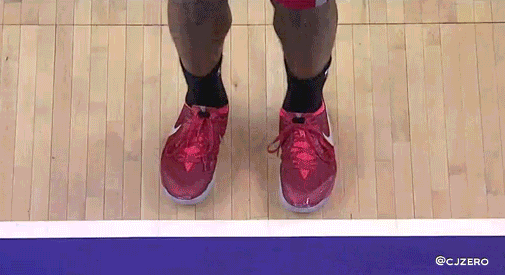

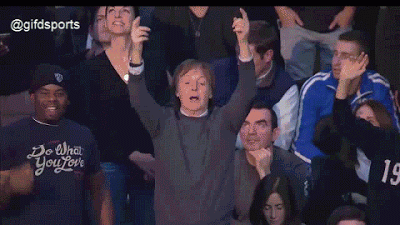



 Miller Huggins (Wikimedia Commons)
Miller Huggins (Wikimedia Commons)
 Leo Durocher (Wikimedia Commons)
Leo Durocher (Wikimedia Commons)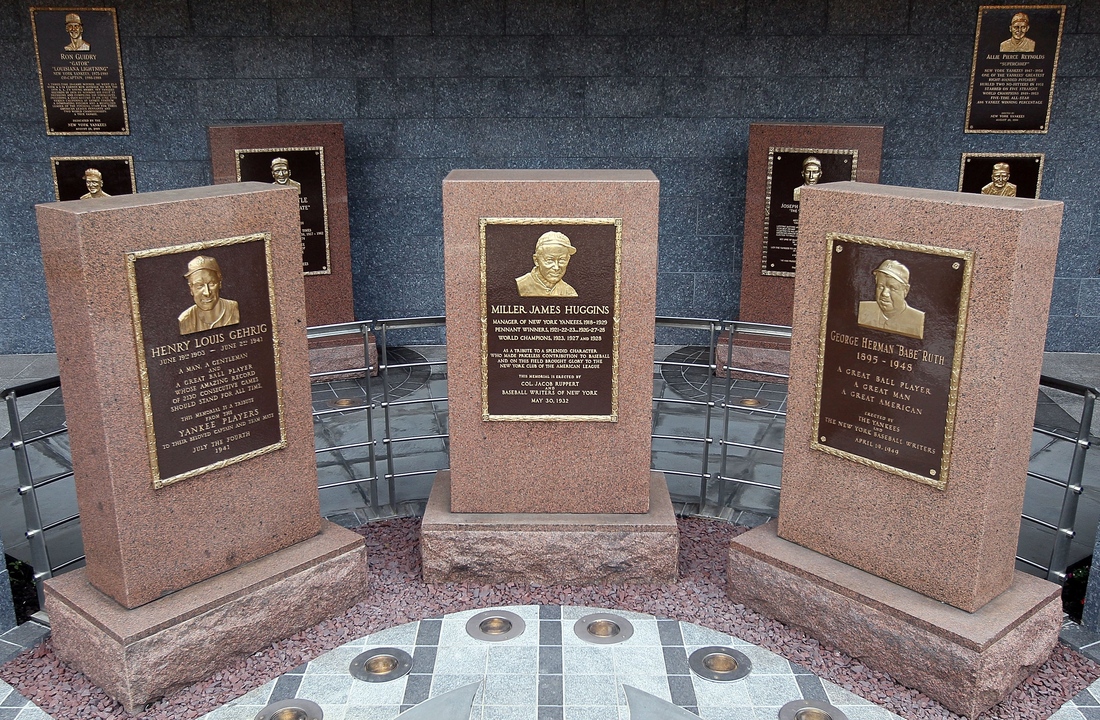


 Tidal Basin, Washington, D.C. (Wikimedia Commons)
Tidal Basin, Washington, D.C. (Wikimedia Commons) James Cagney and Joan Blondell (Wikimedia Commons)
James Cagney and Joan Blondell (Wikimedia Commons) Airplane coaster, Playland (Rye, NY) (Wikimedia Commons)
Airplane coaster, Playland (Rye, NY) (Wikimedia Commons) Frankie Crosetti (Wikimedia Commons)
Frankie Crosetti (Wikimedia Commons) Phil Rizzuto (Wikimedia Commons)
Phil Rizzuto (Wikimedia Commons) Lou Gehrig's plaque at Yankee Stadium (Getty Images)
Lou Gehrig's plaque at Yankee Stadium (Getty Images)



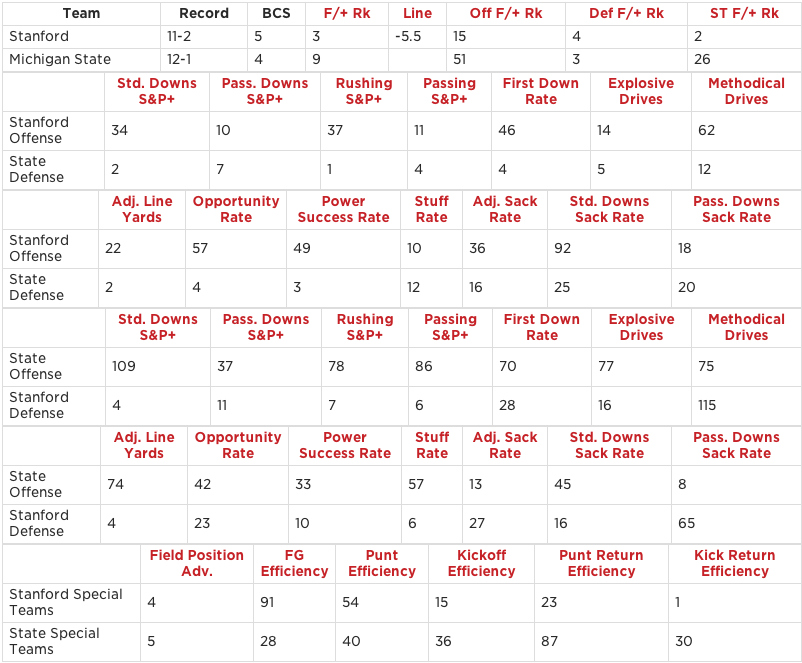



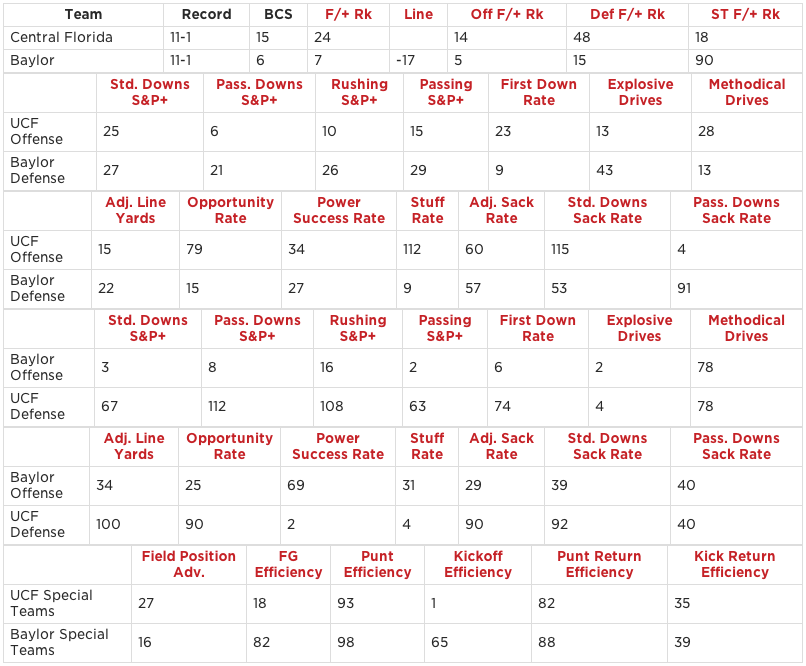



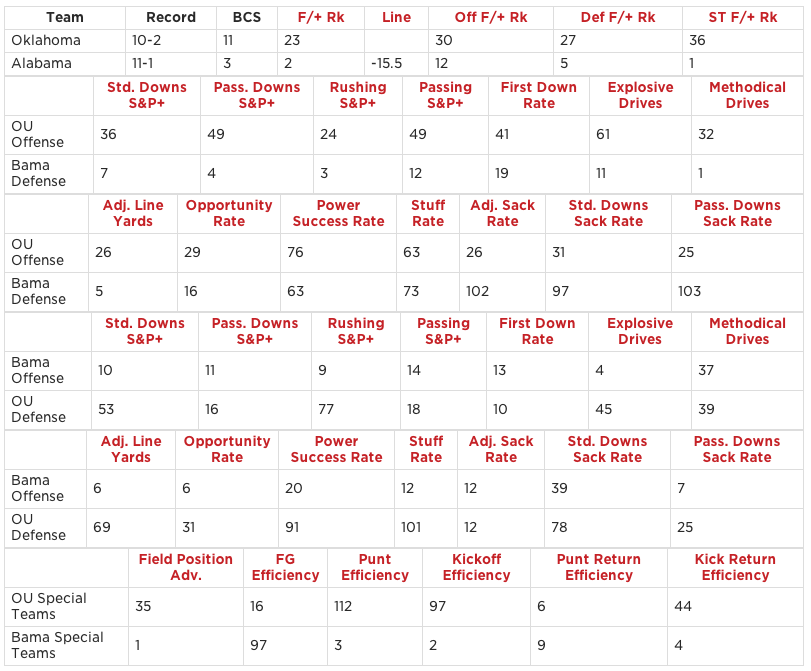








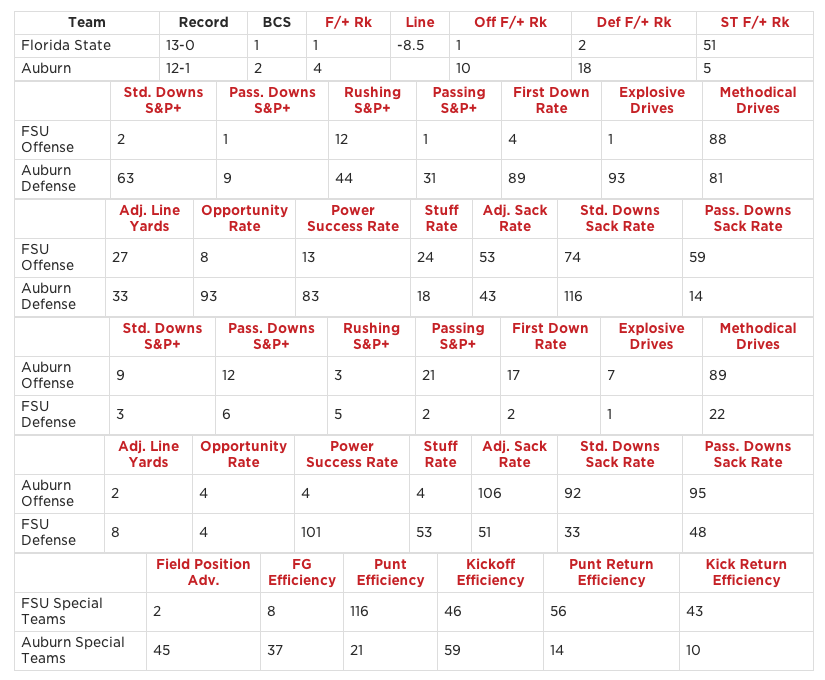
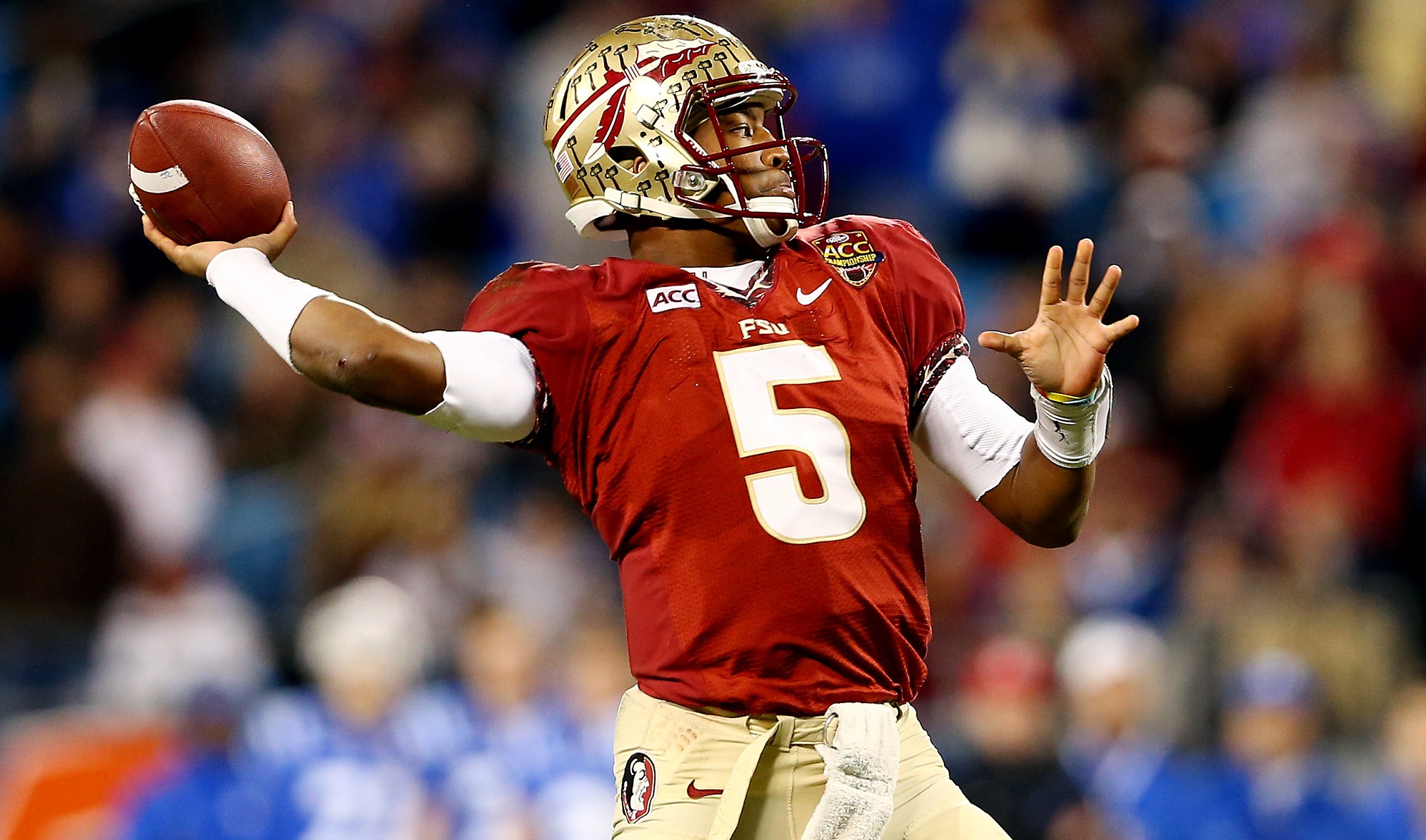

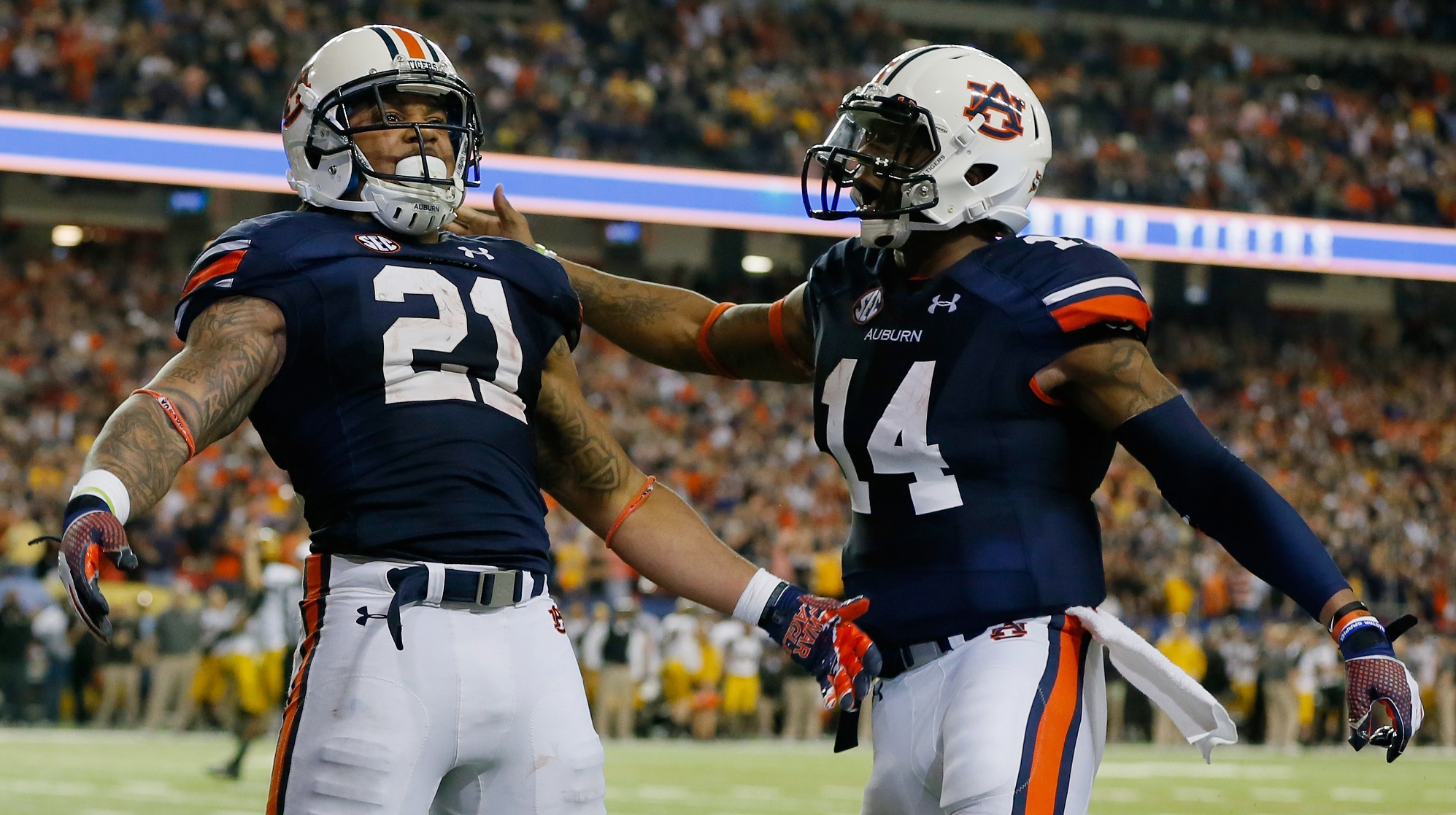





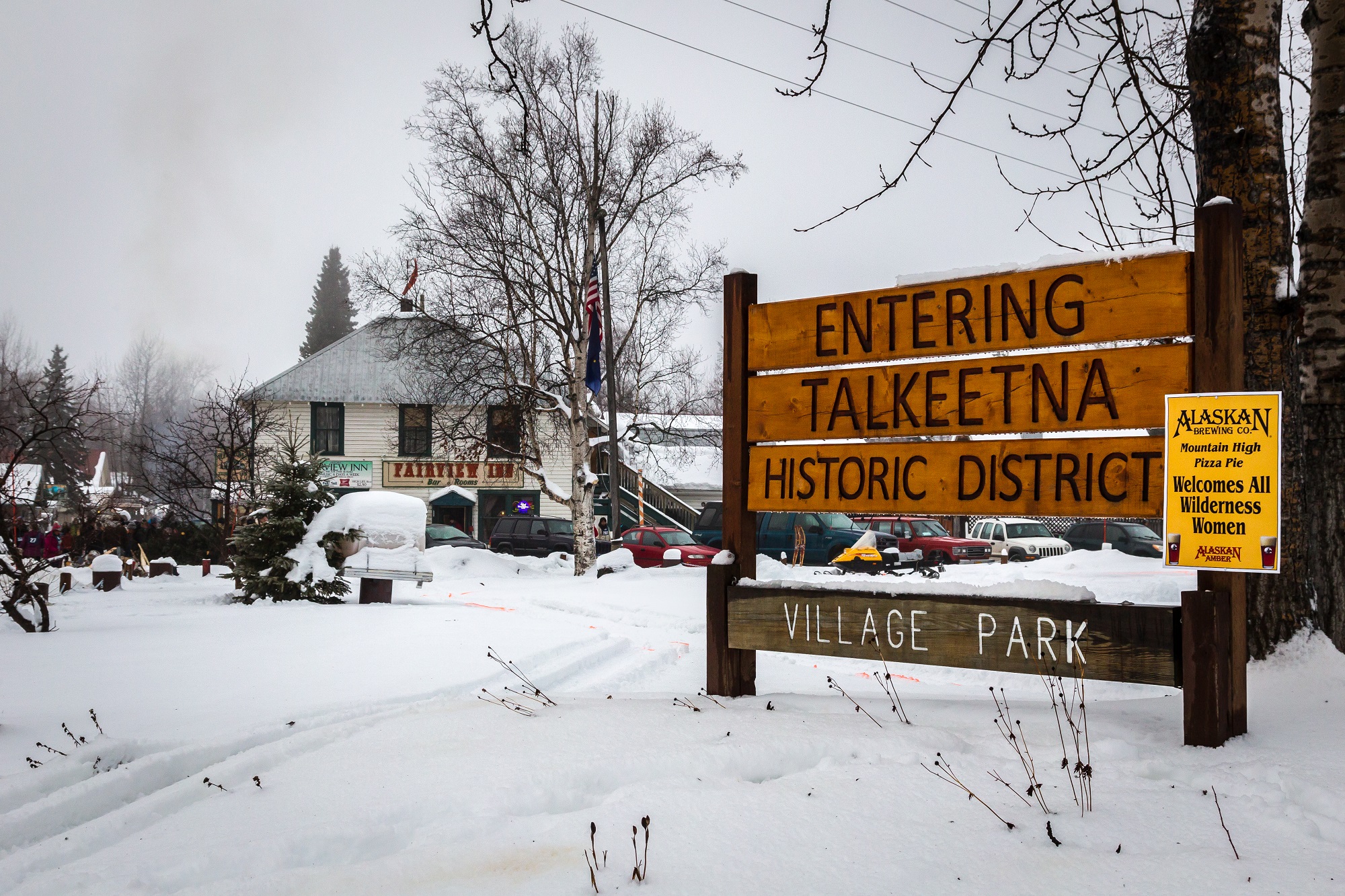
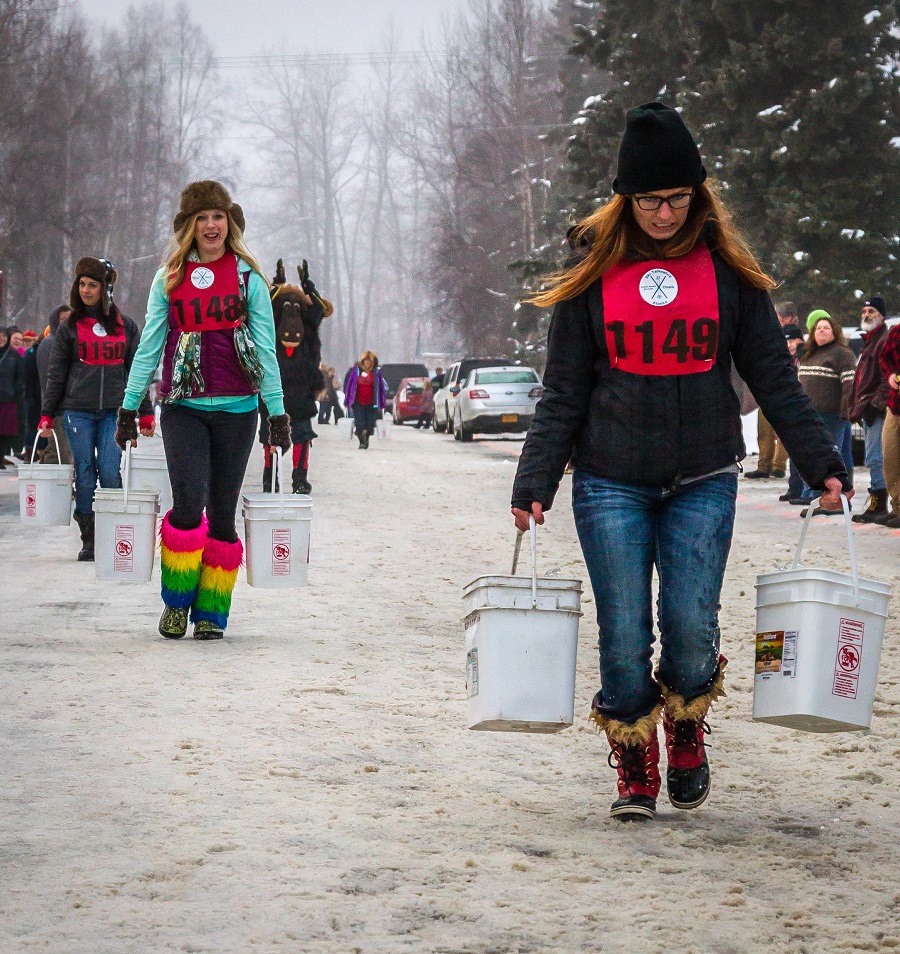
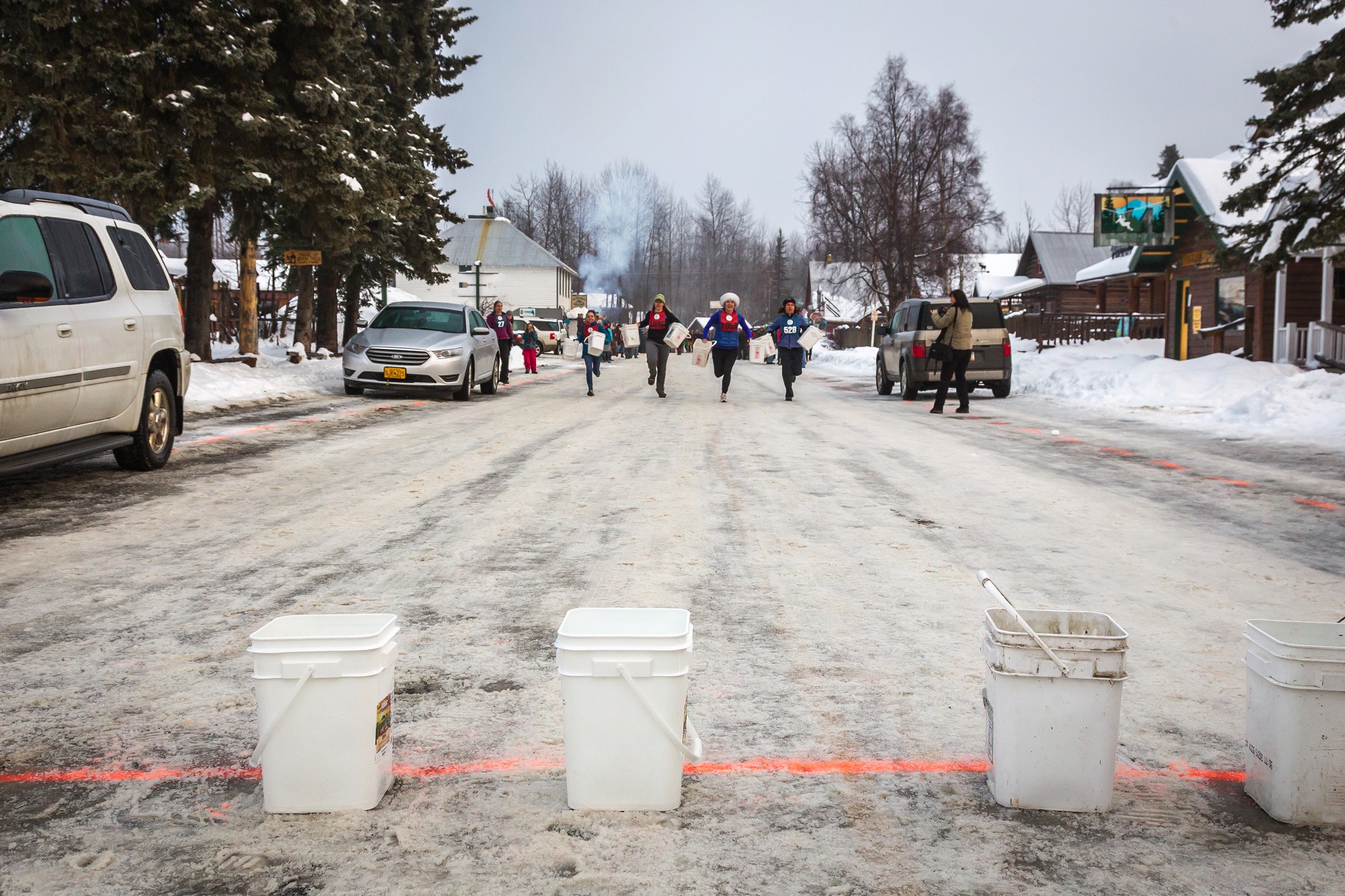
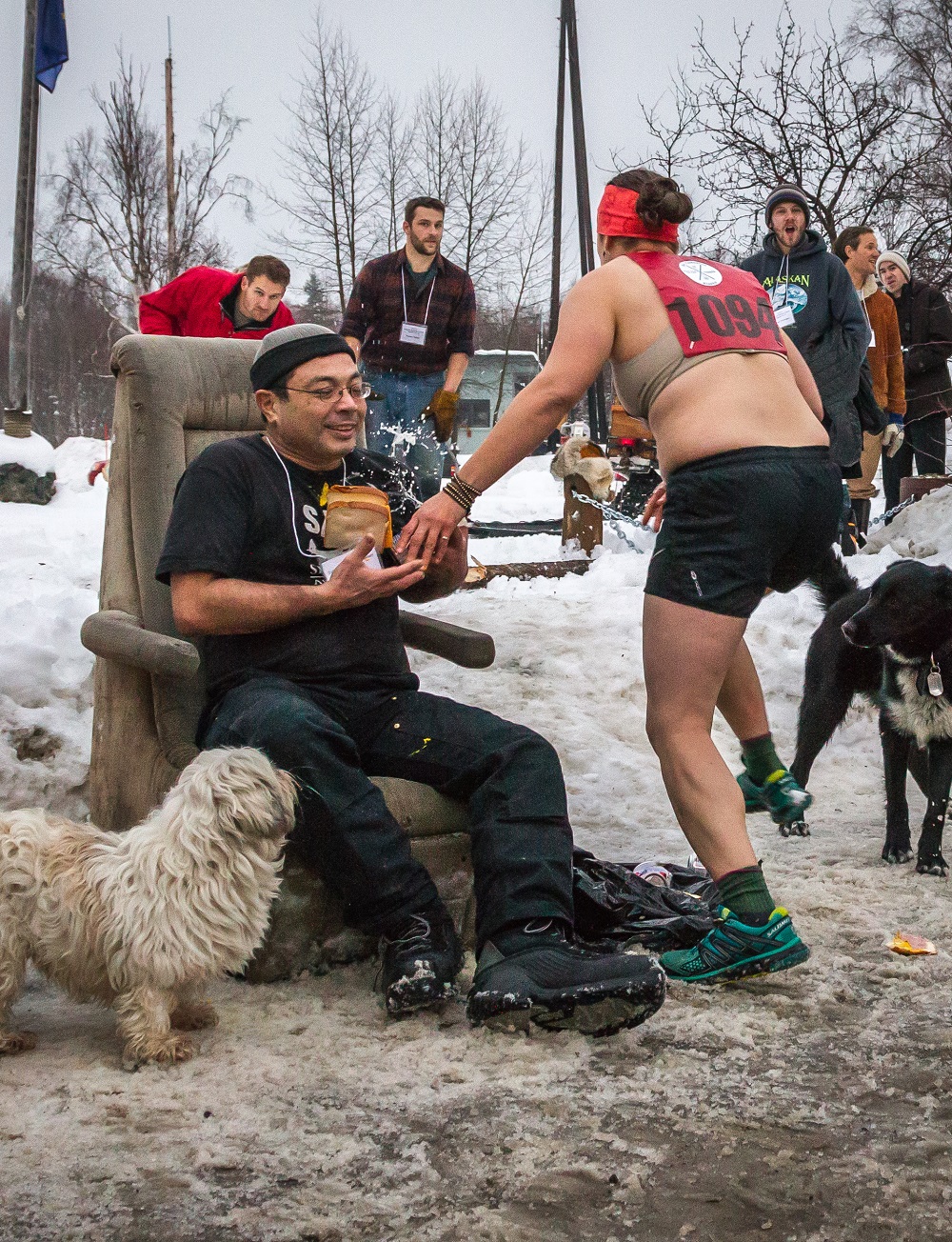
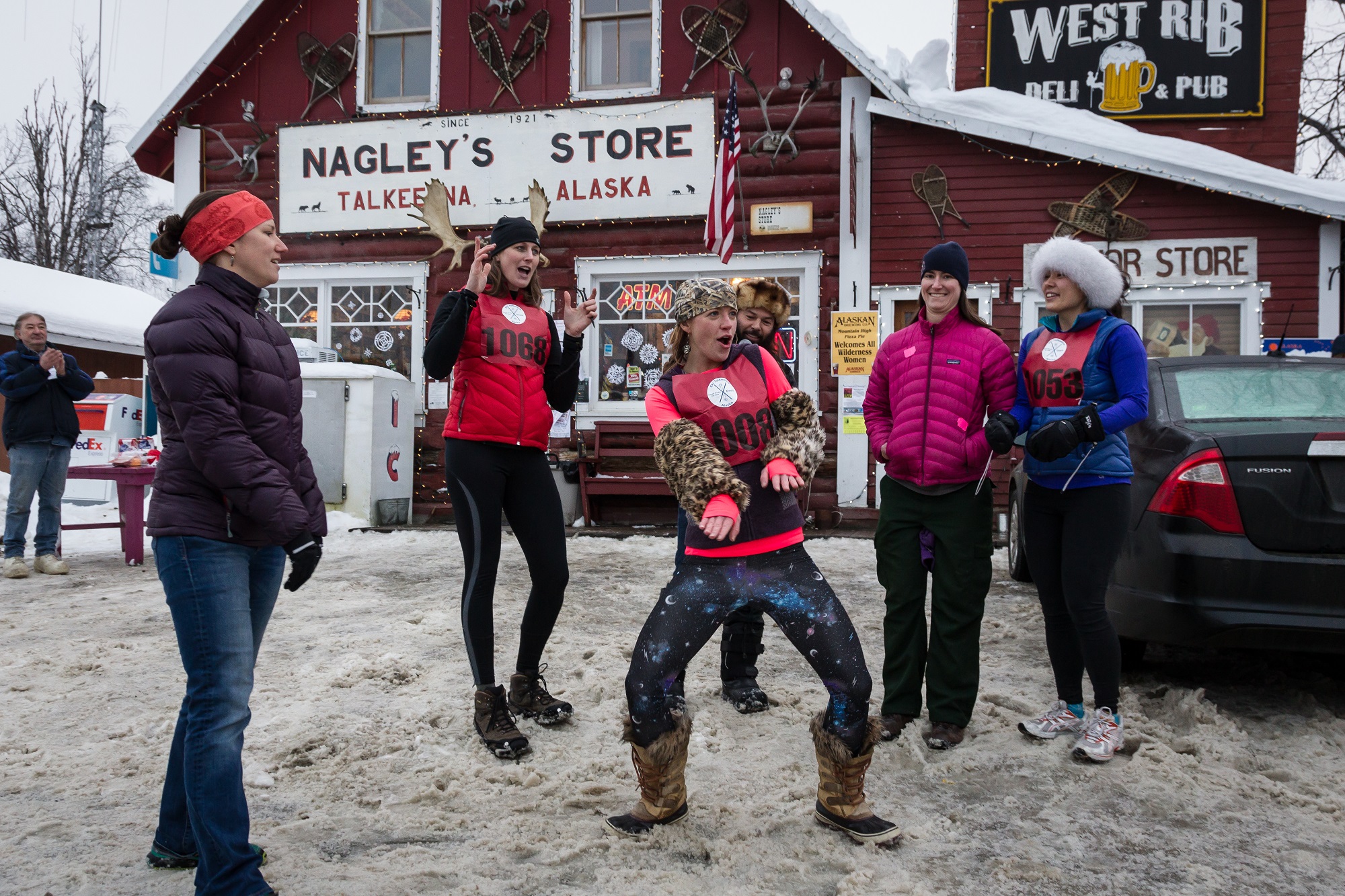
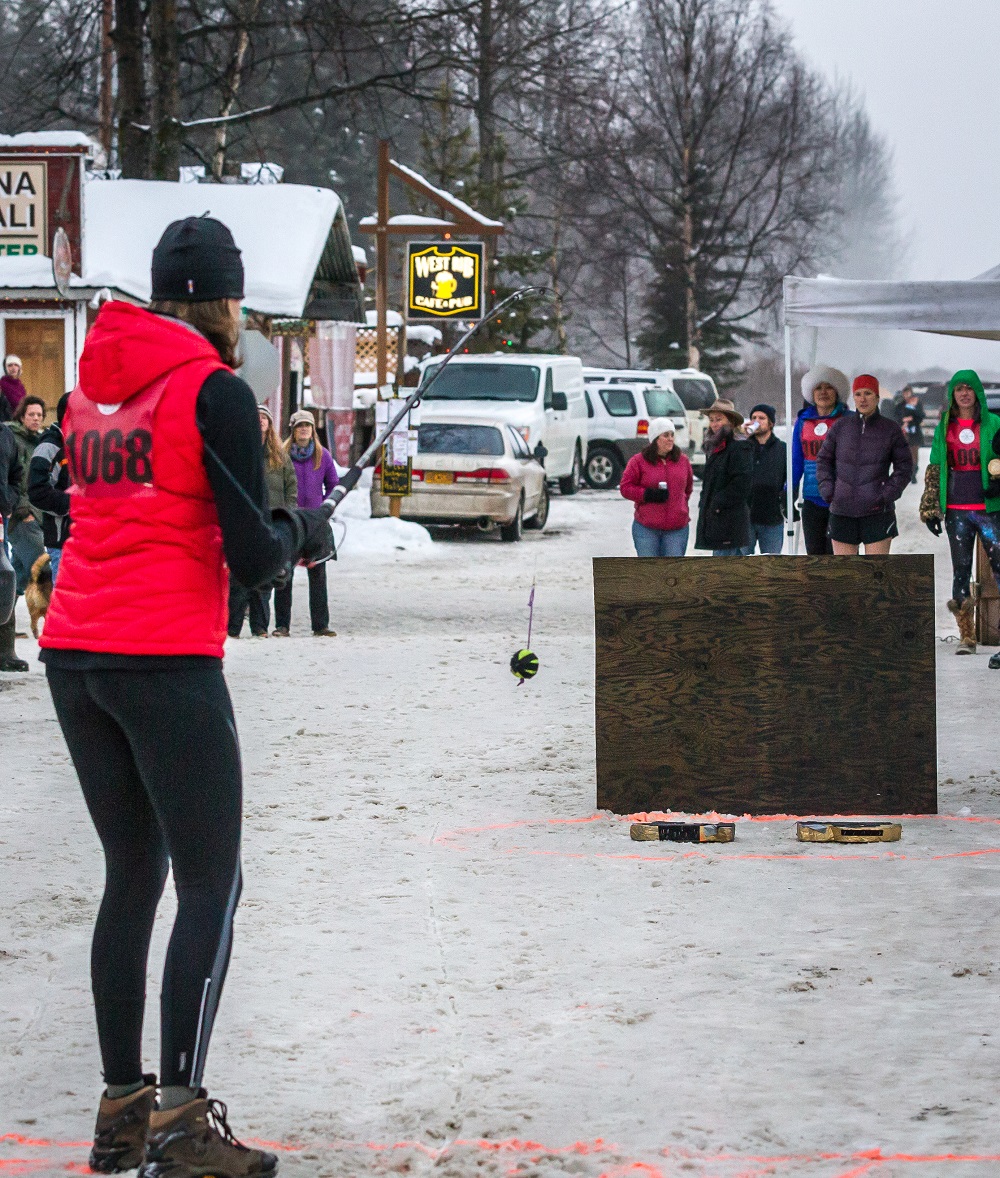
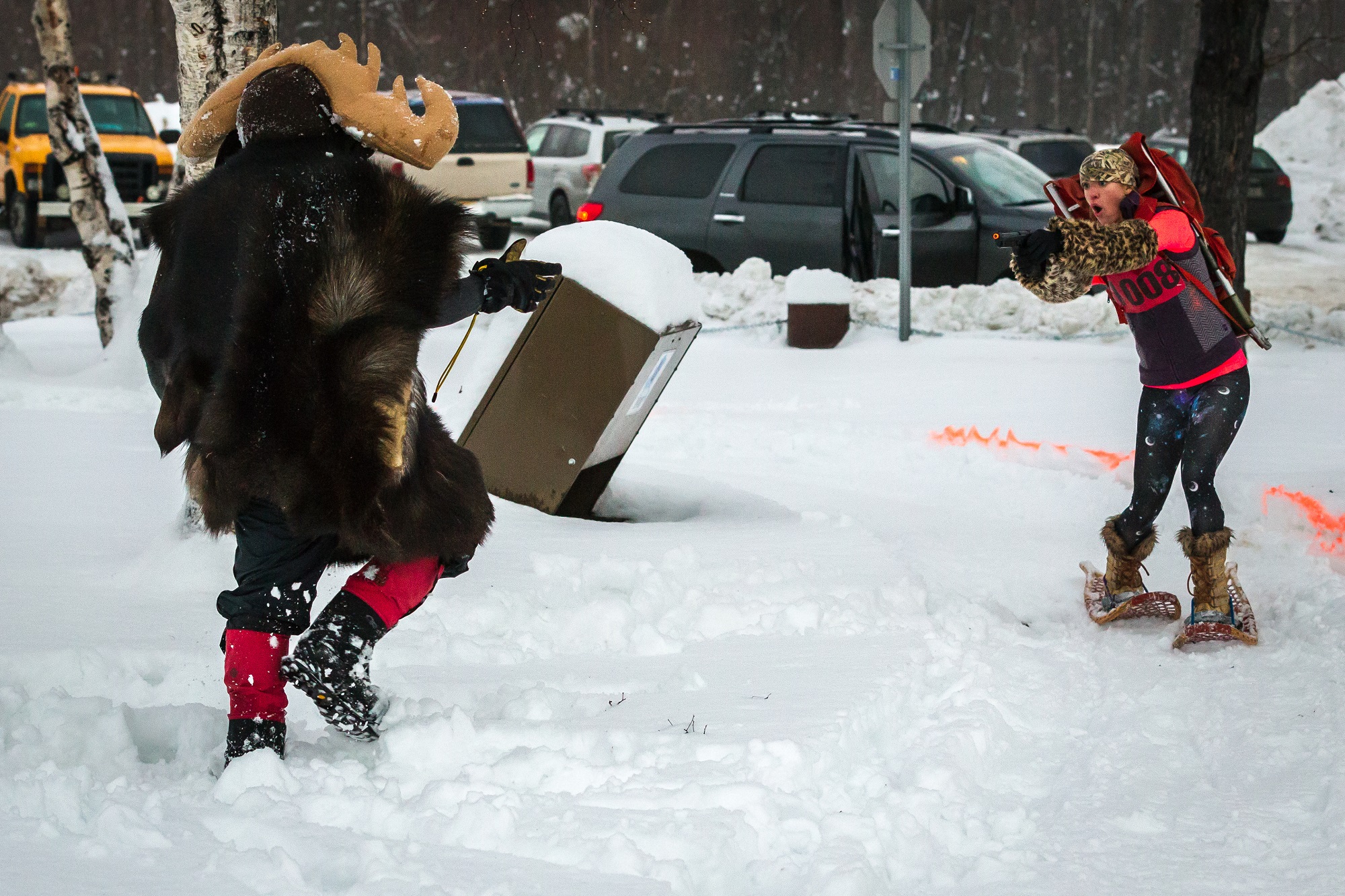
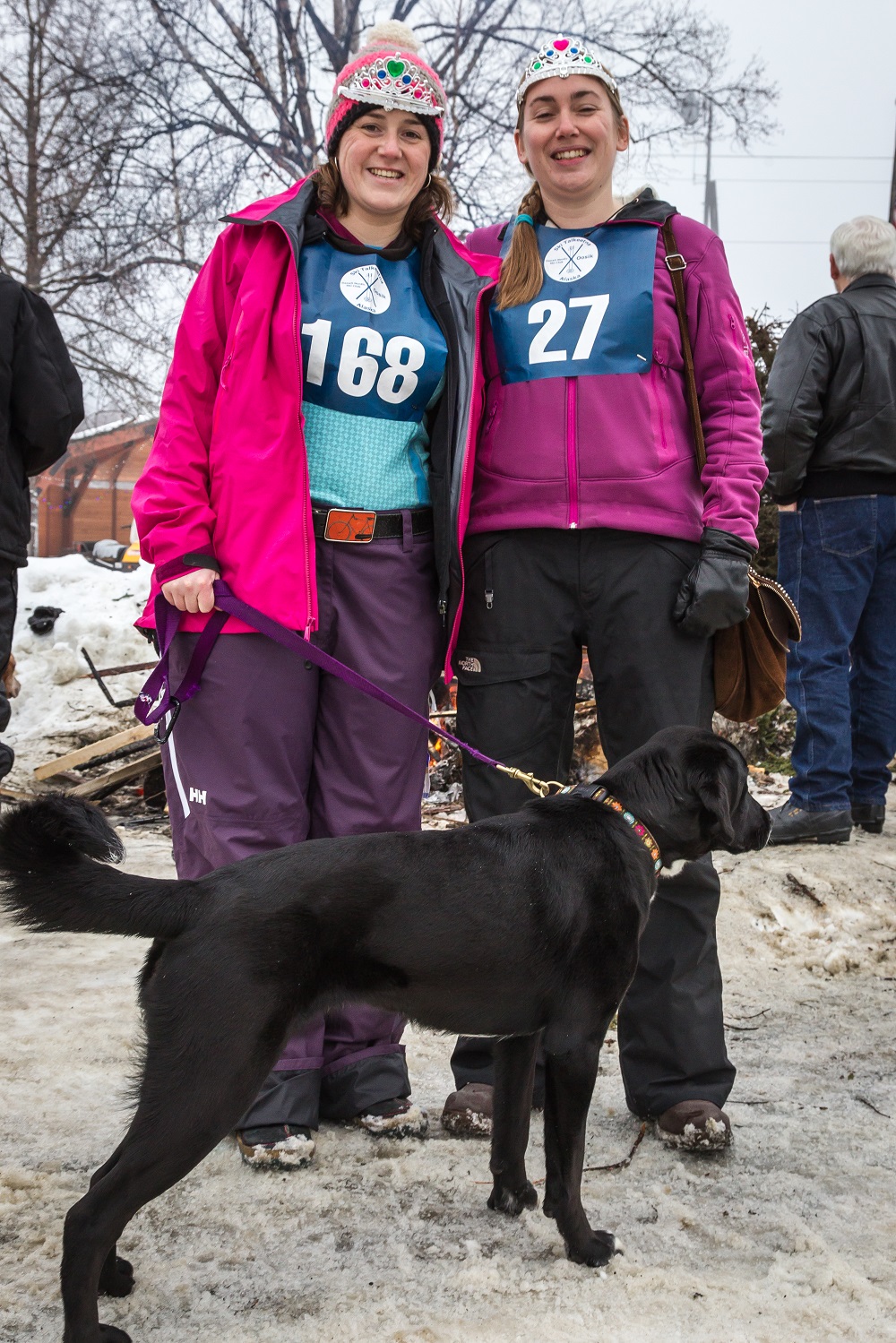

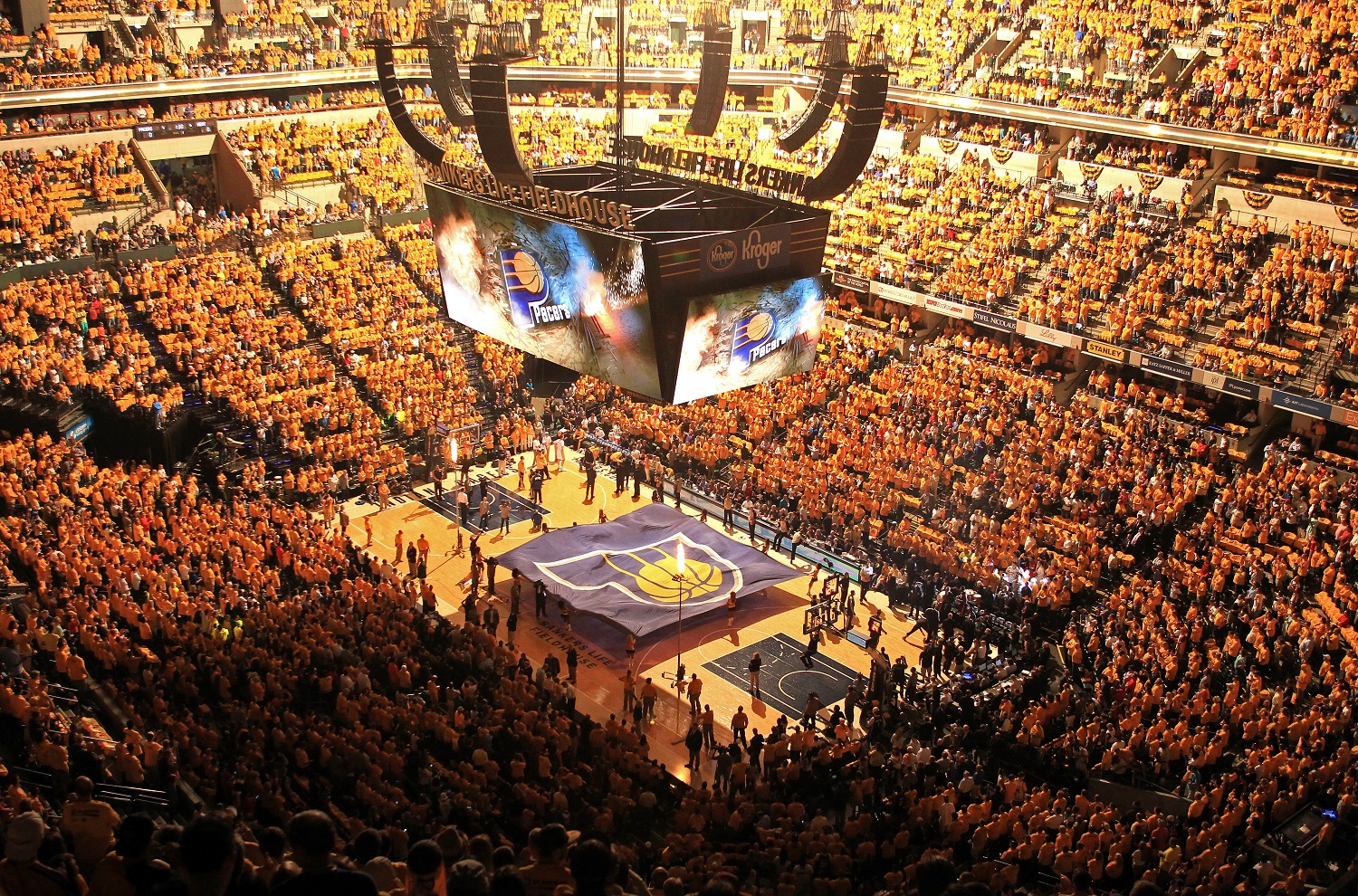
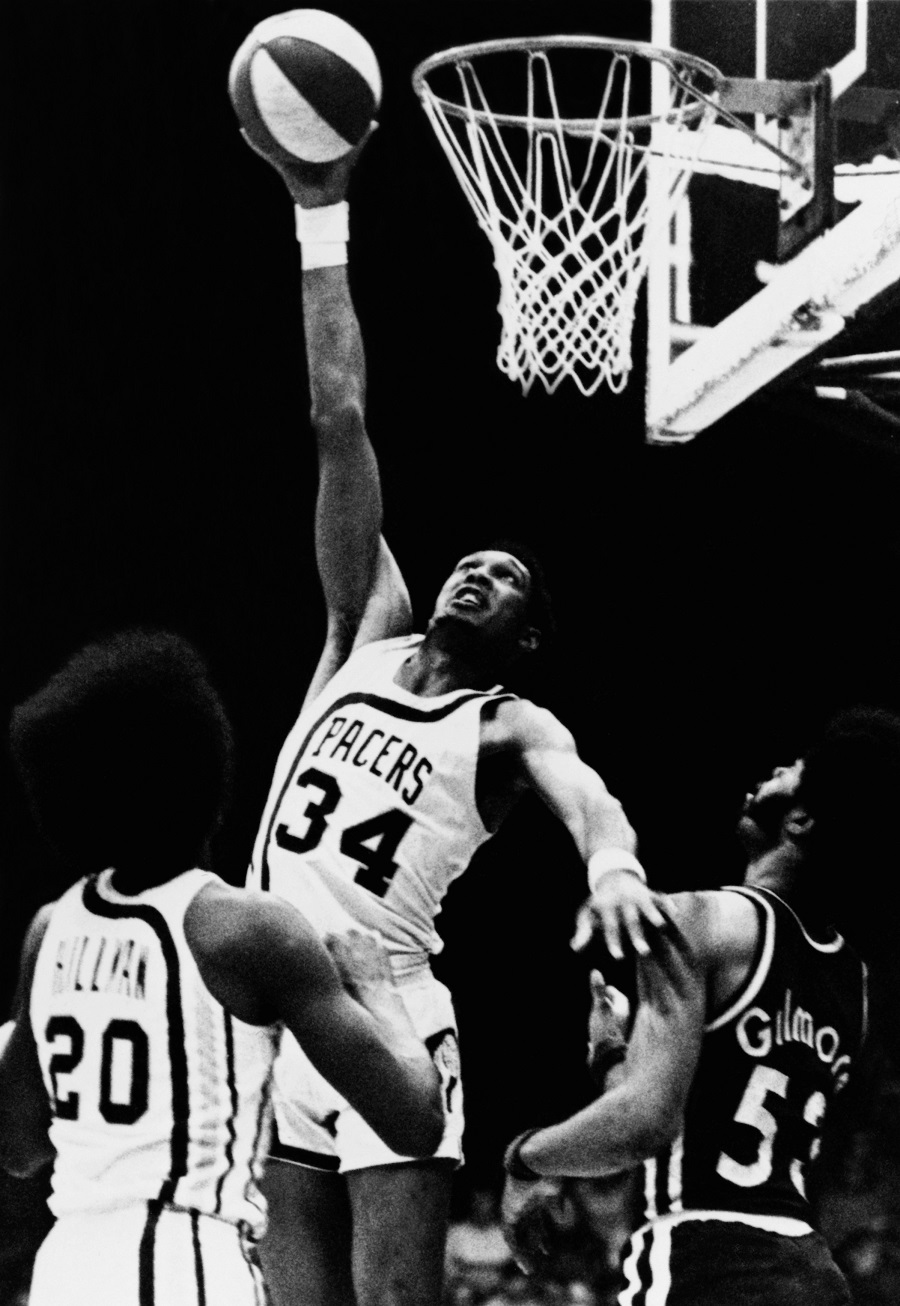
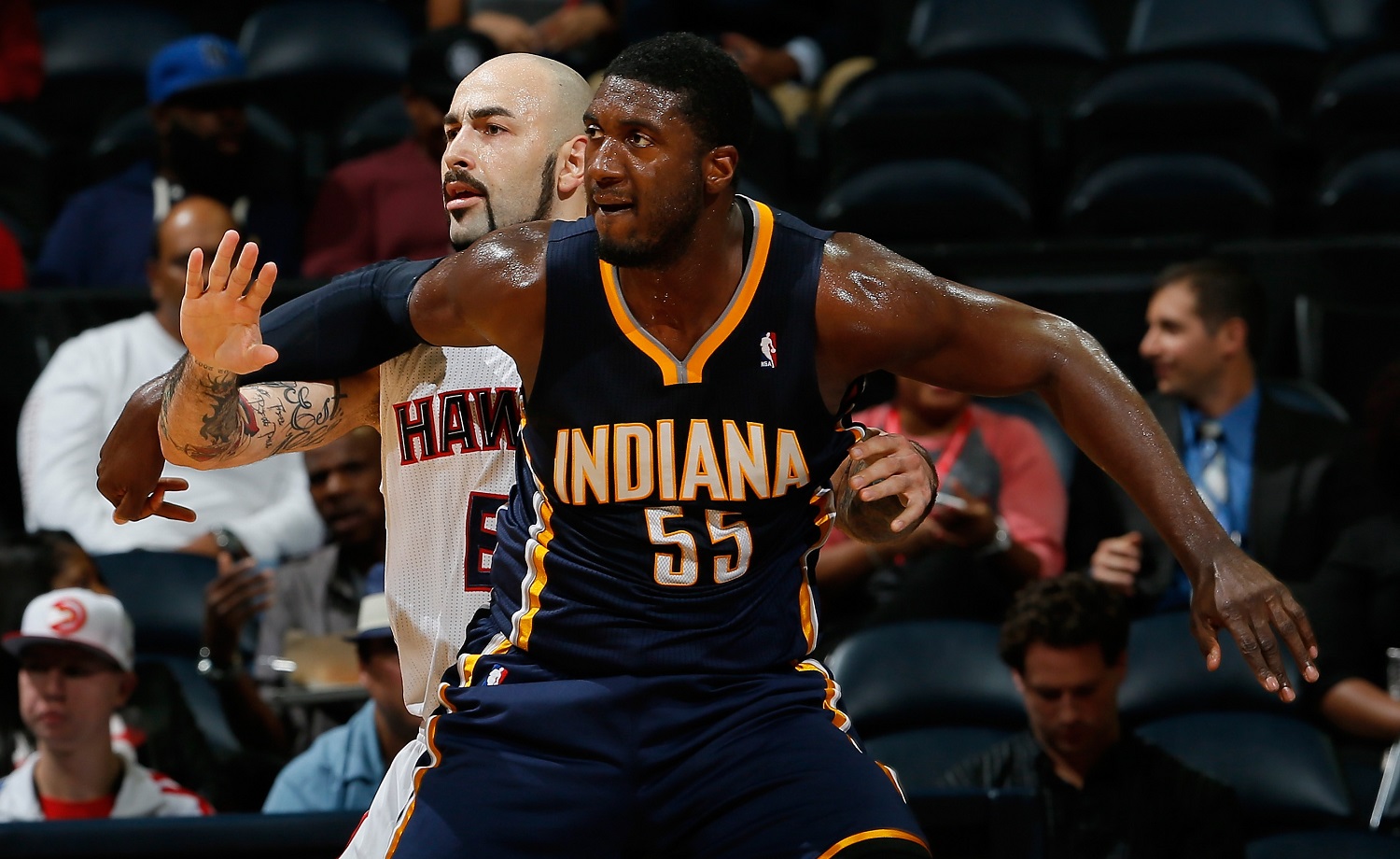
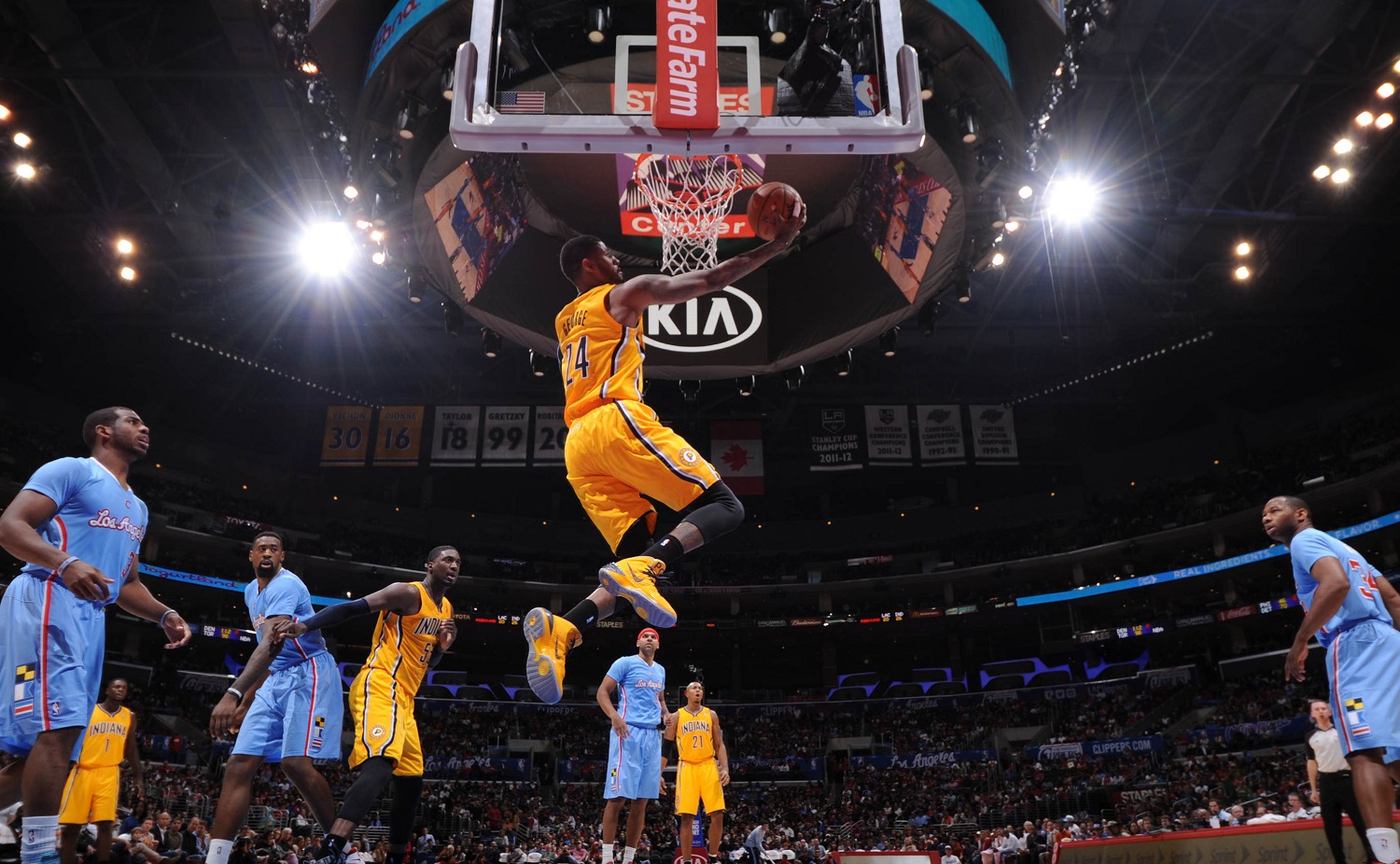
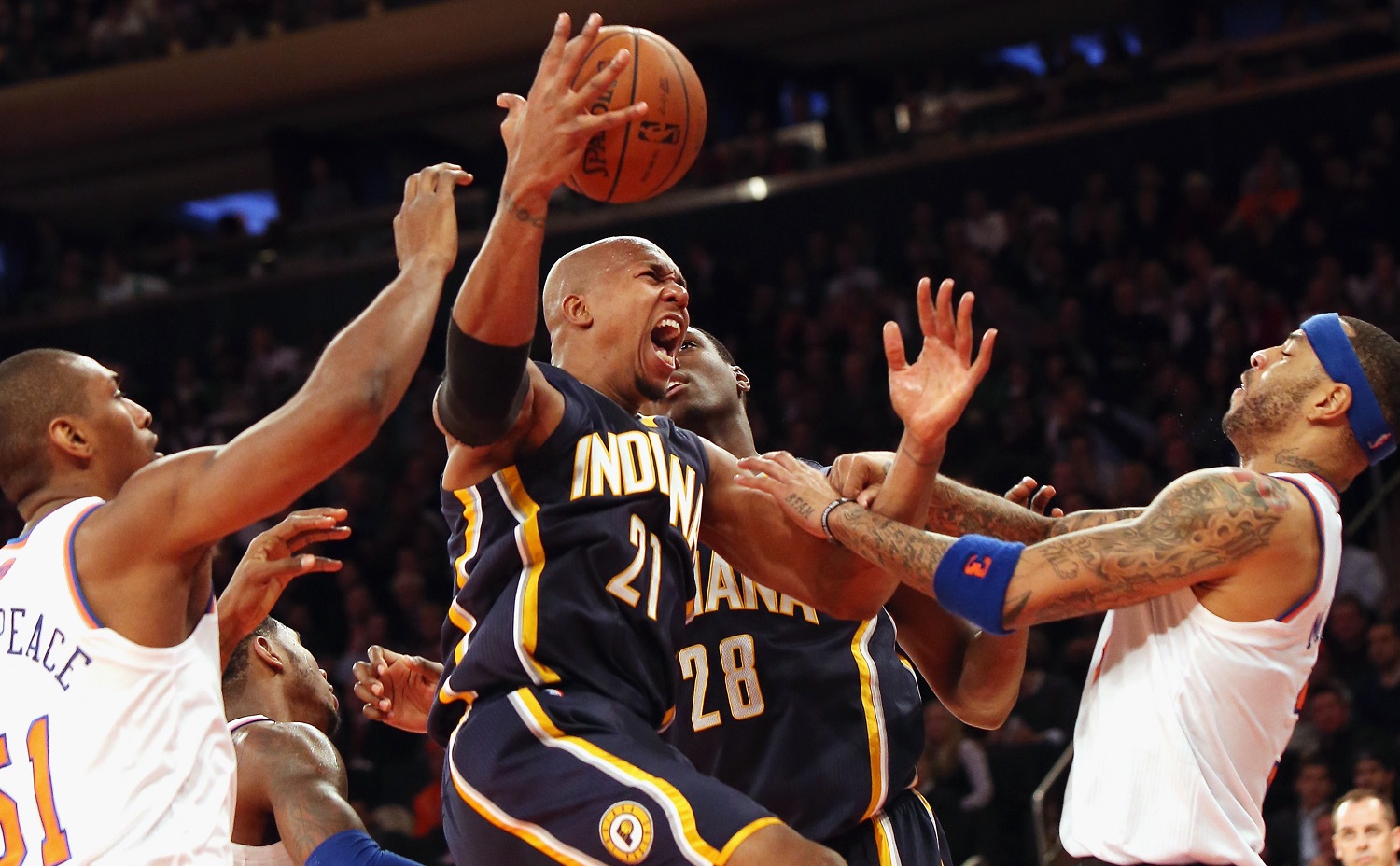
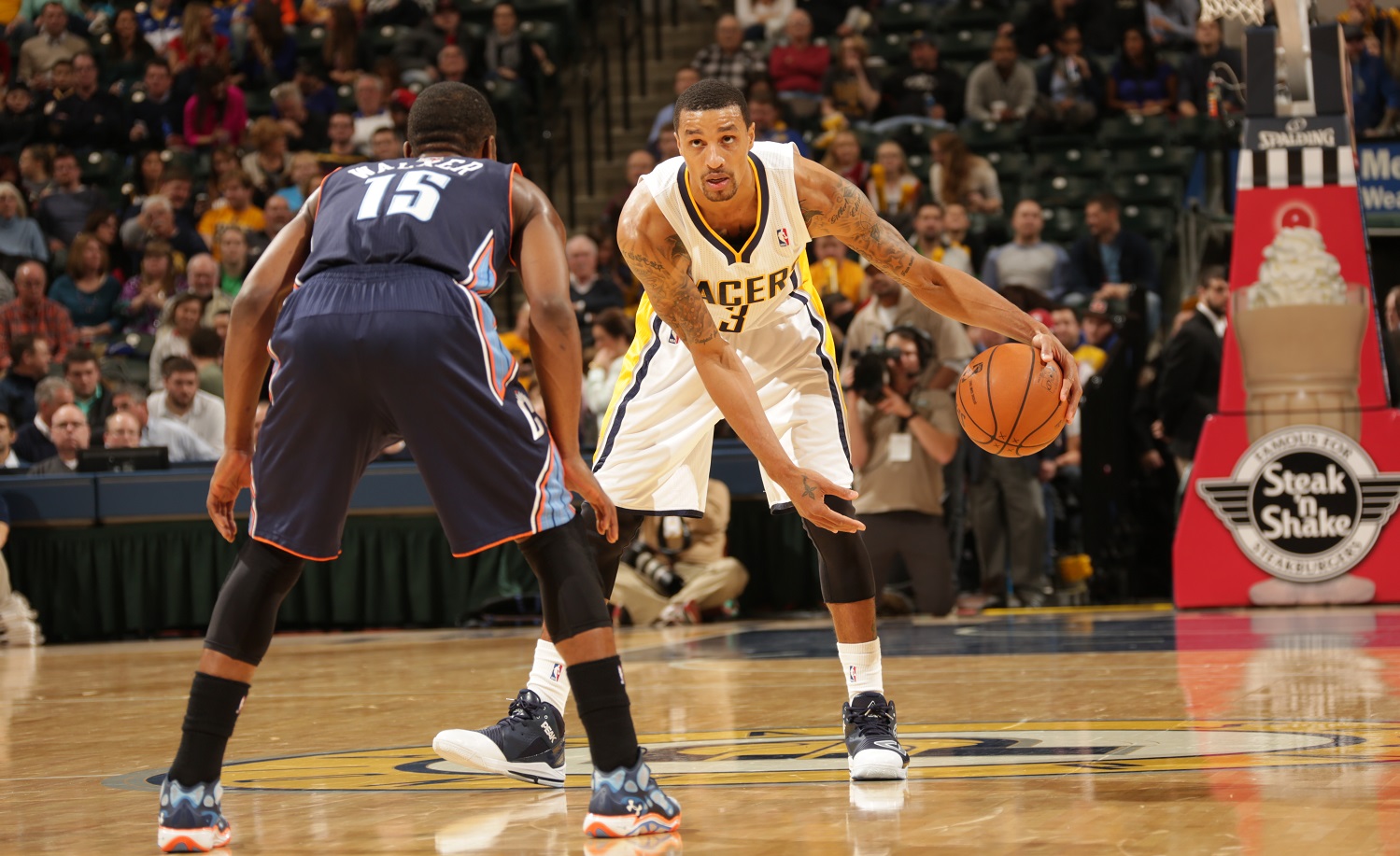
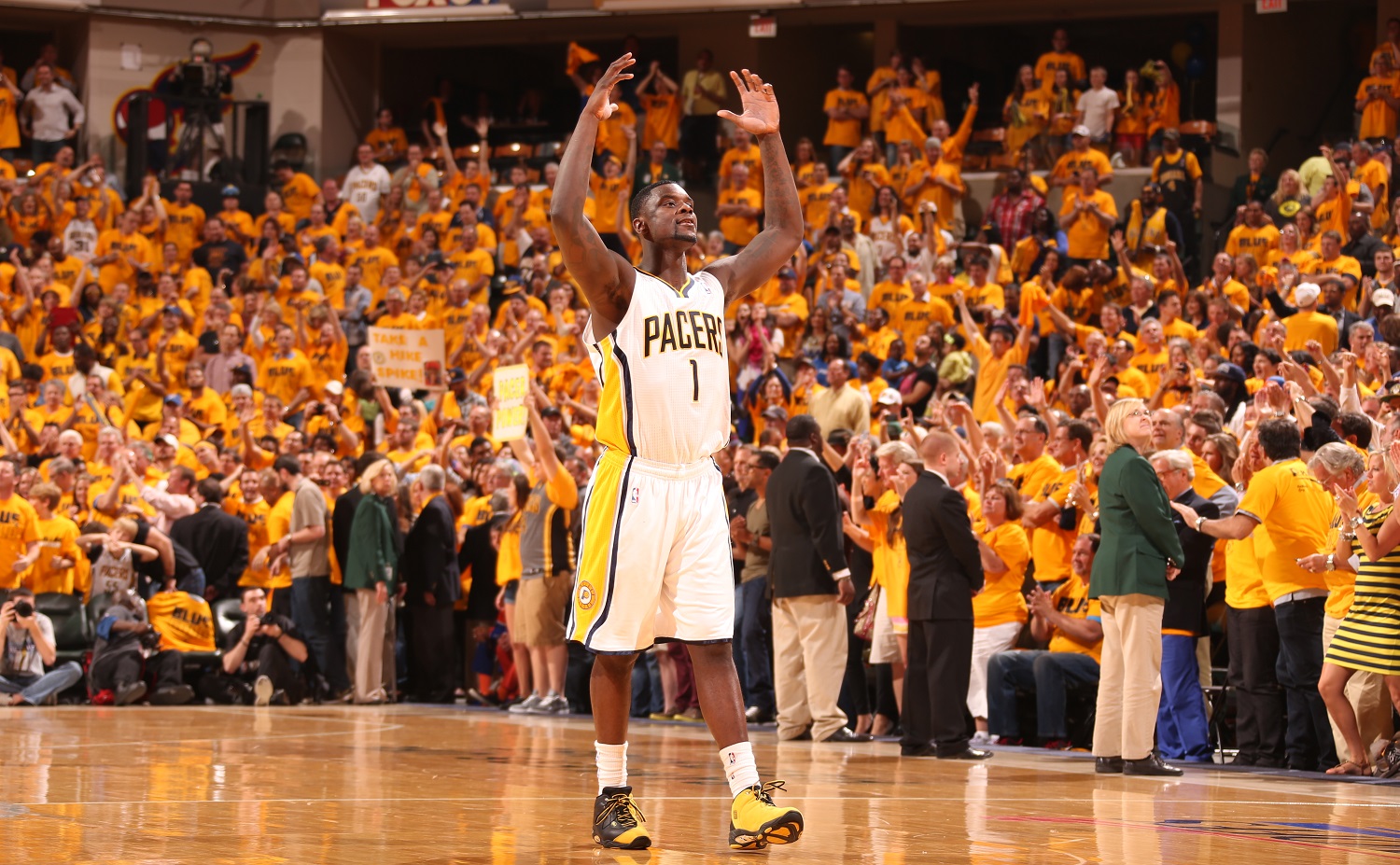



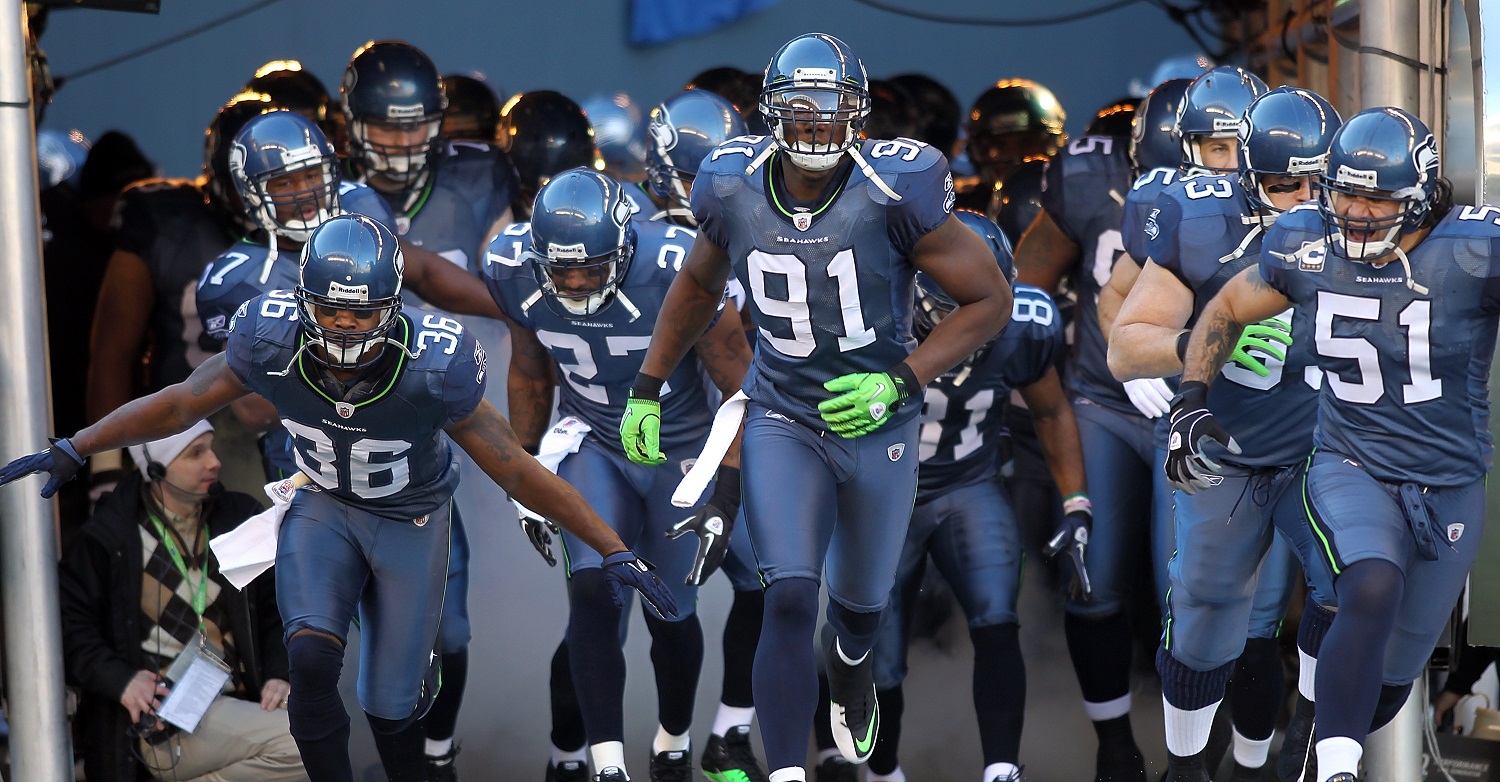
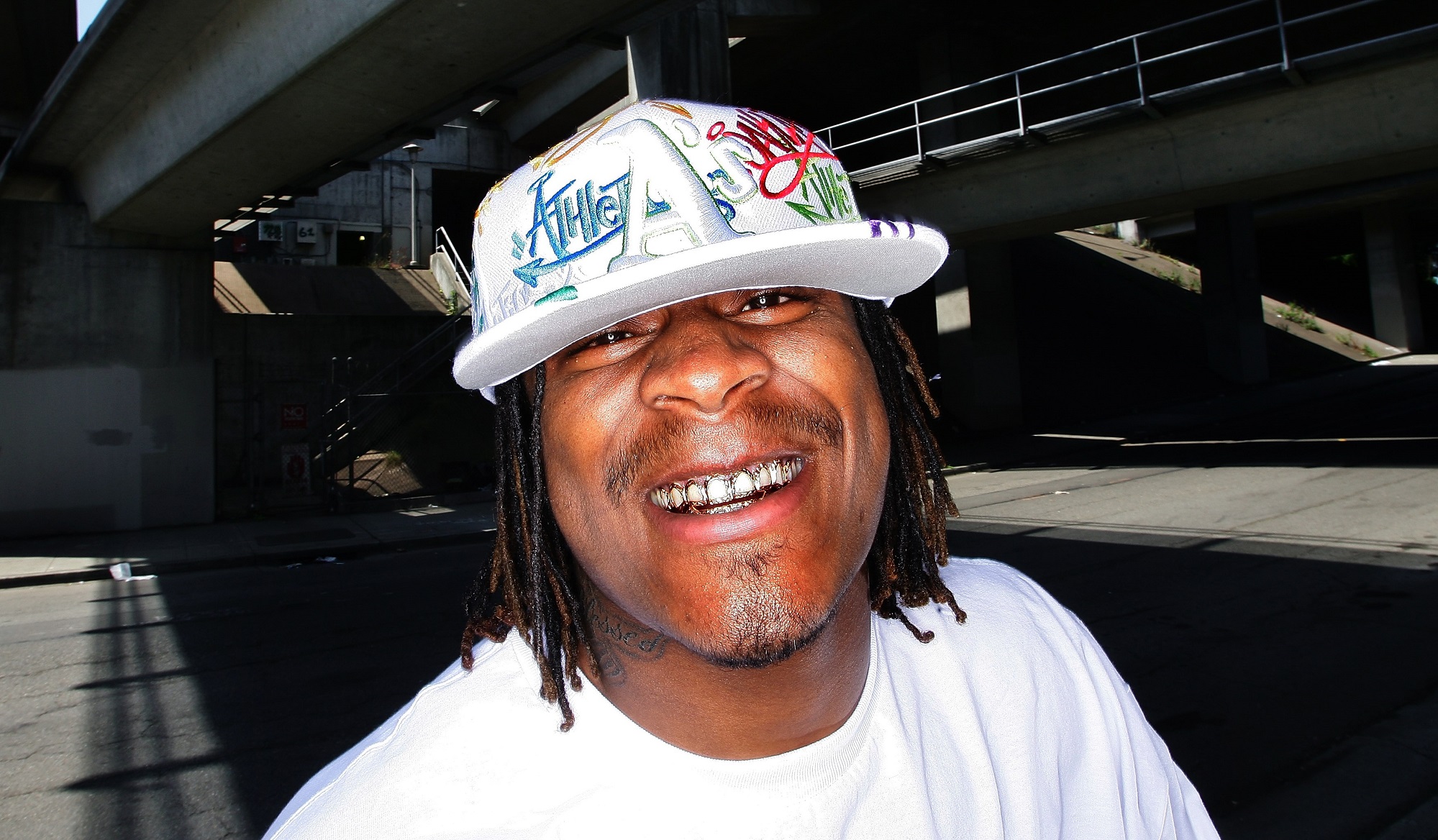

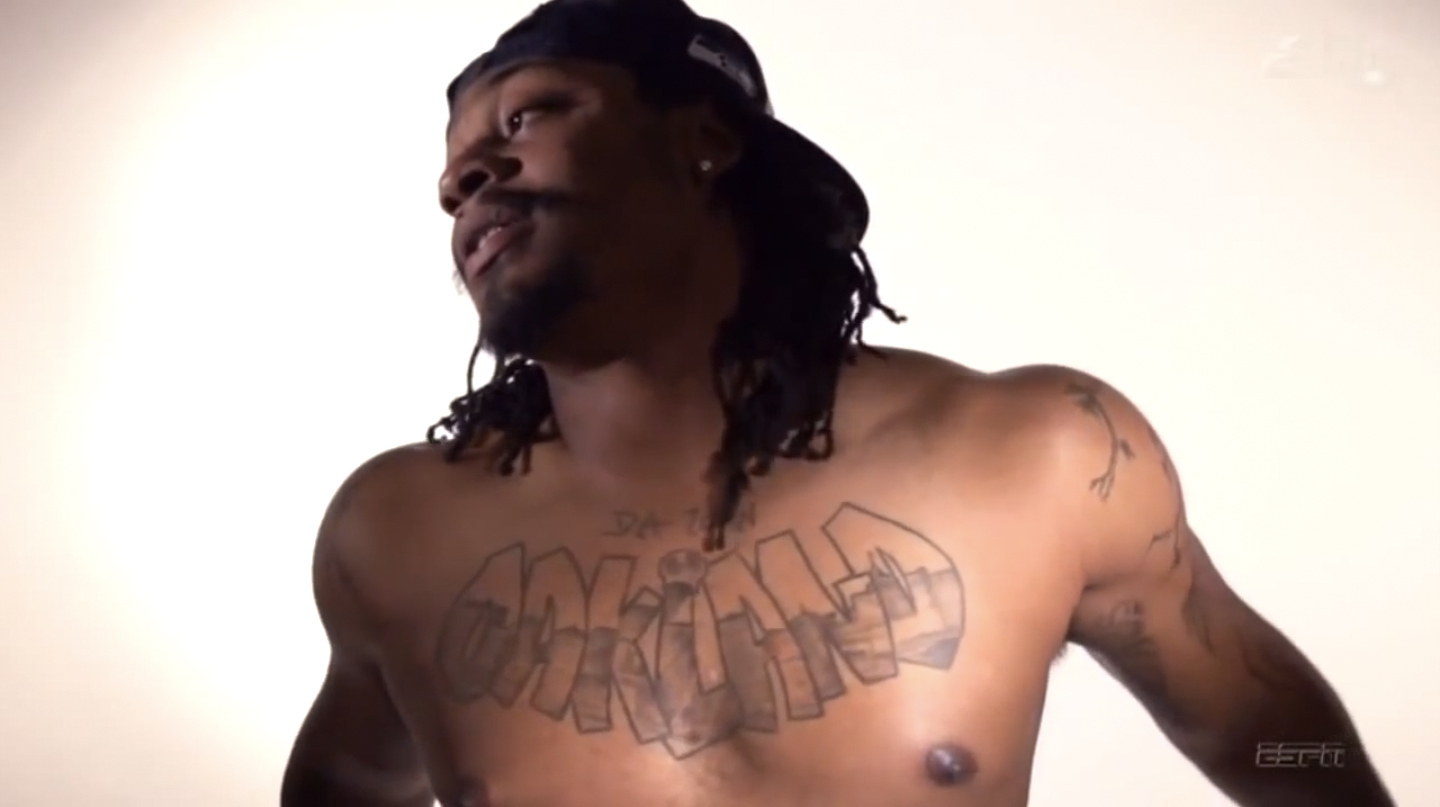
 (Artwork by Justin Bopp; purchase a print
(Artwork by Justin Bopp; purchase a print 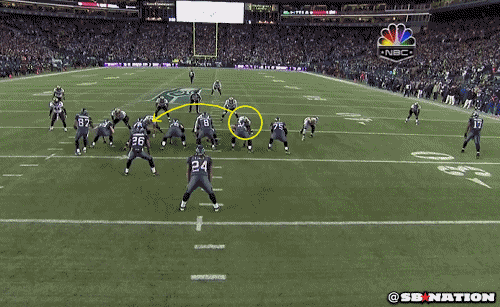
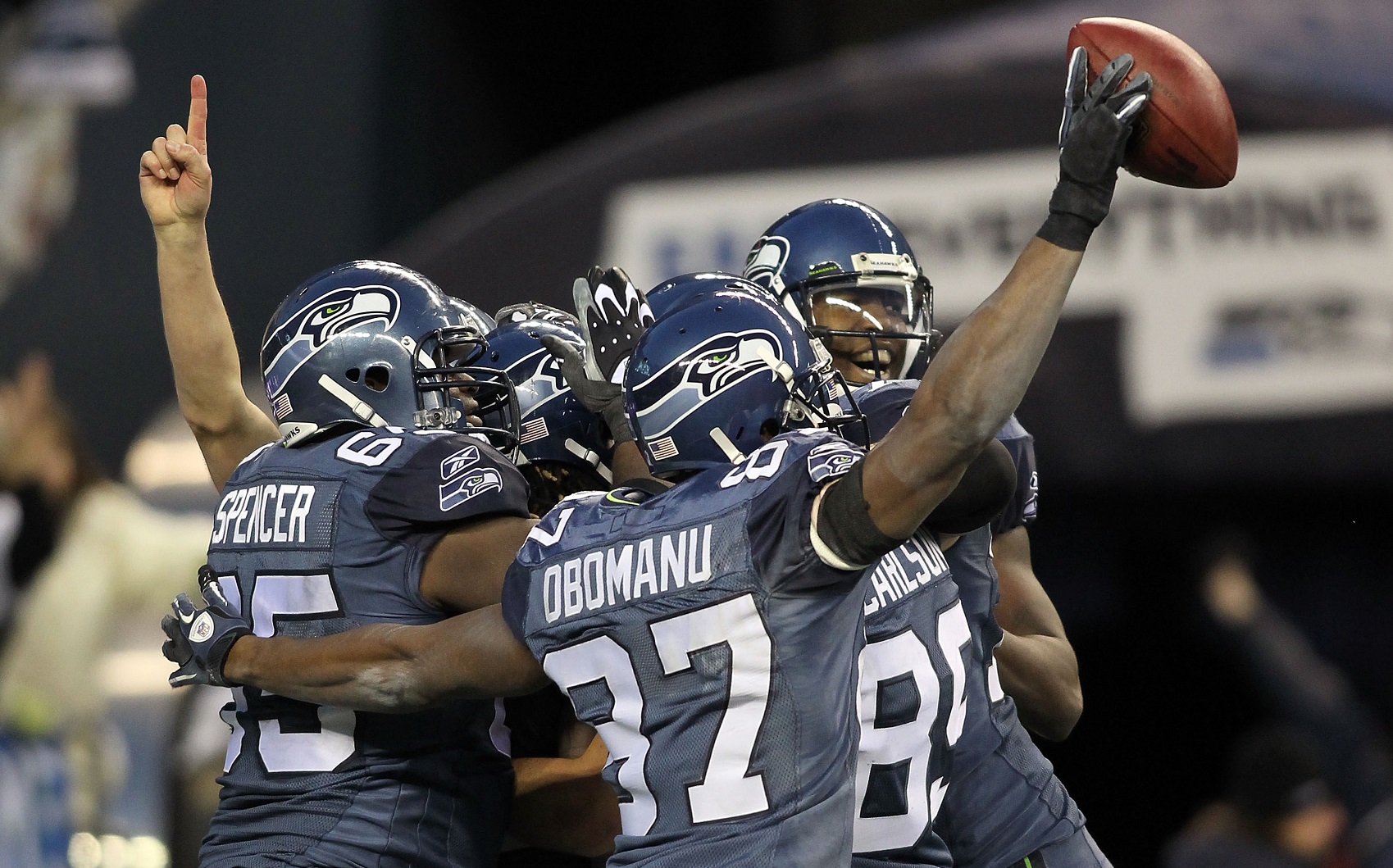
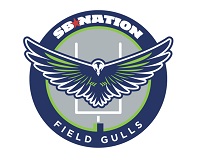
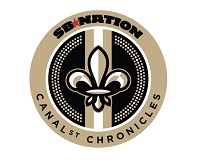
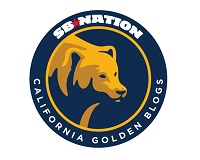

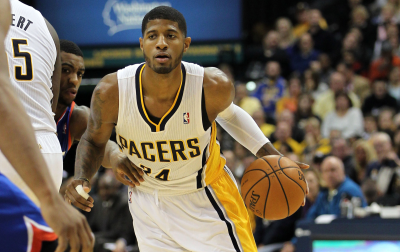





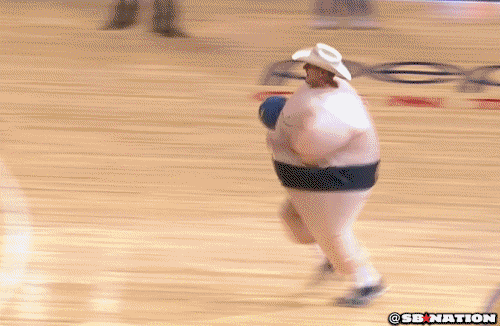

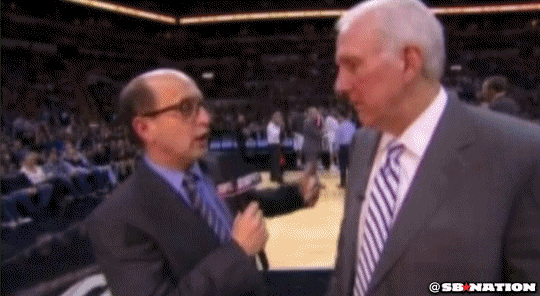


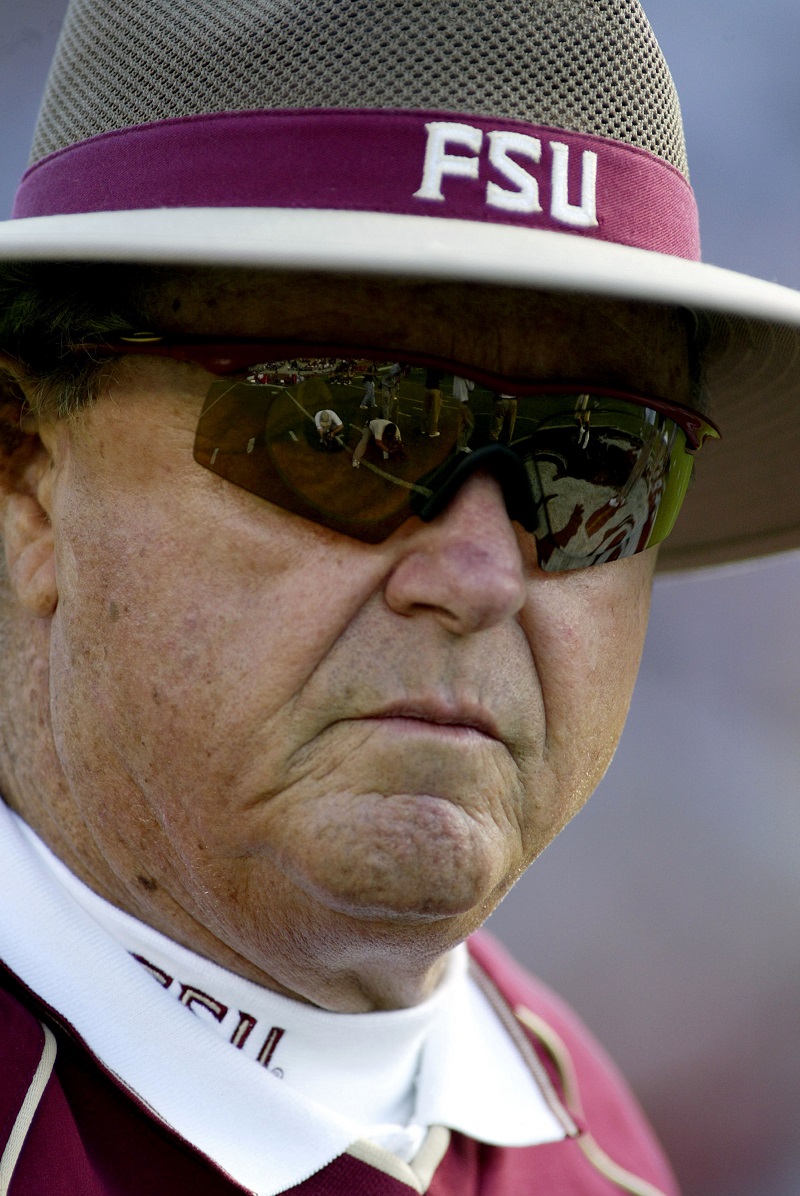

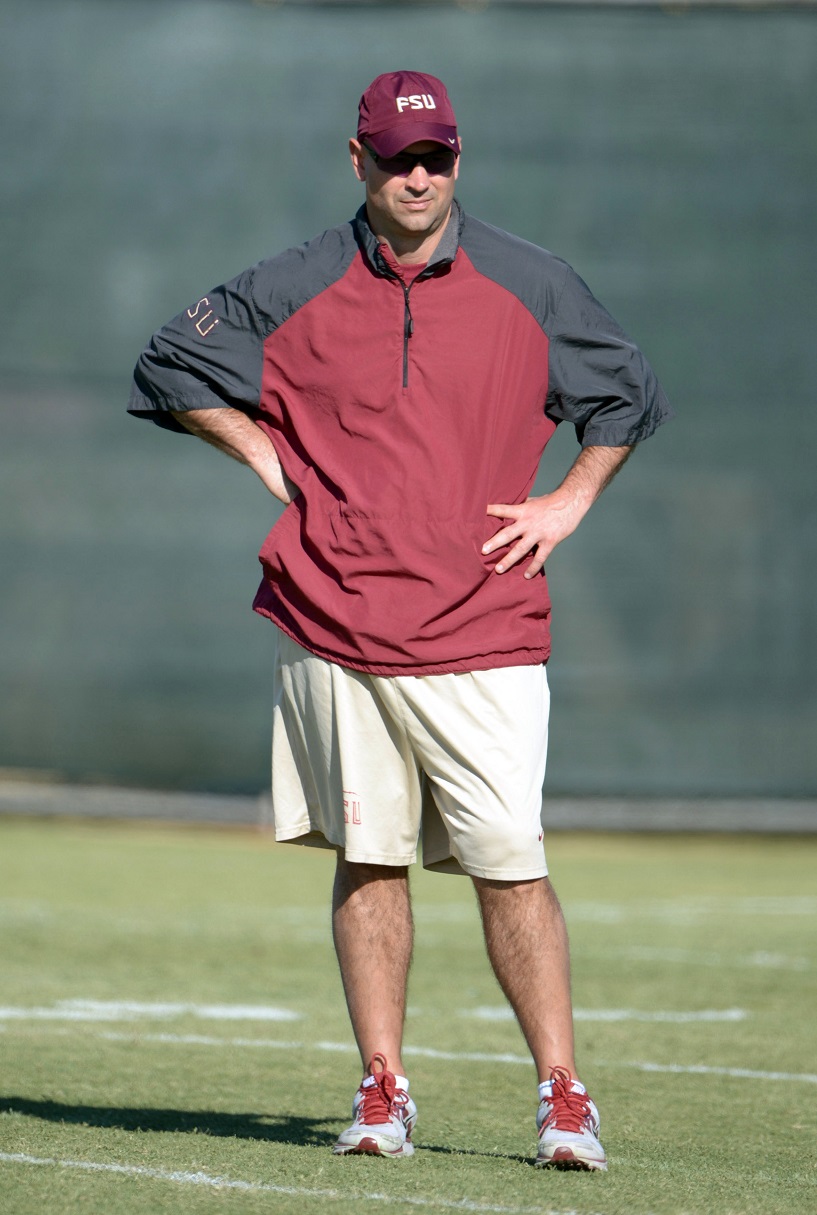
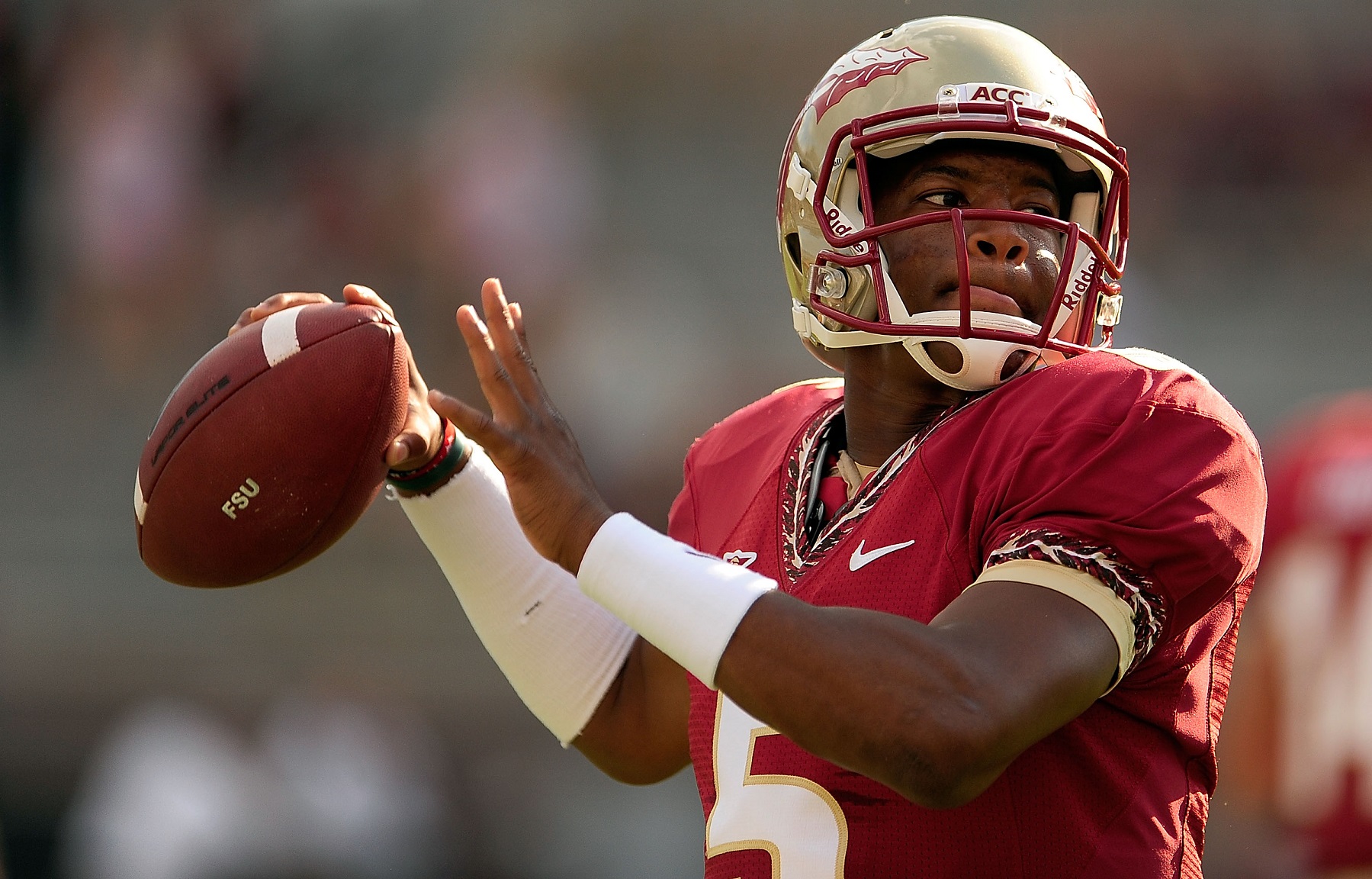
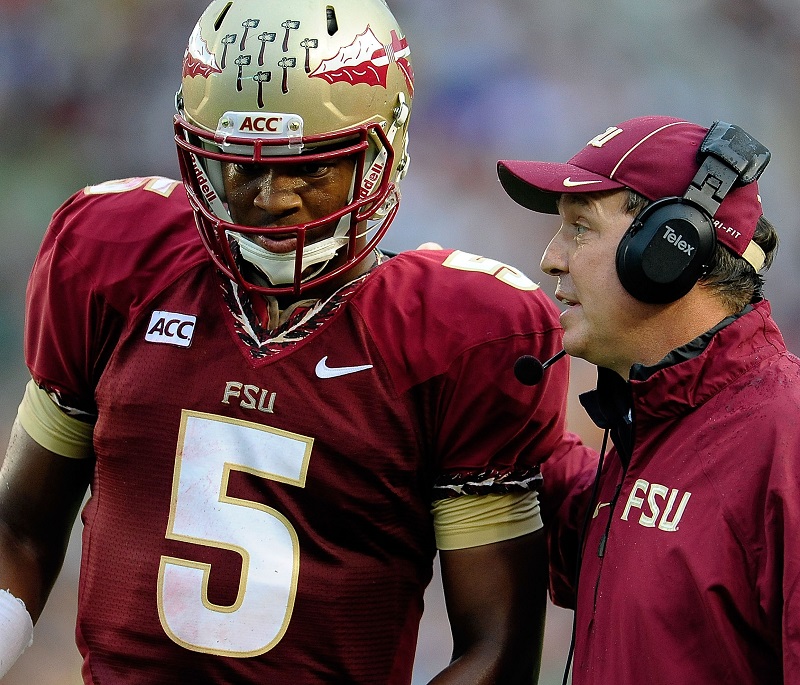
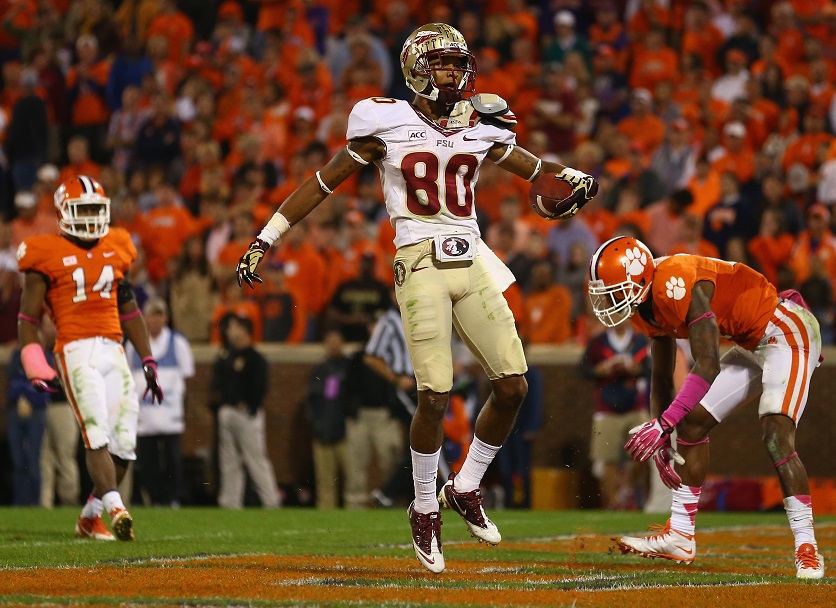
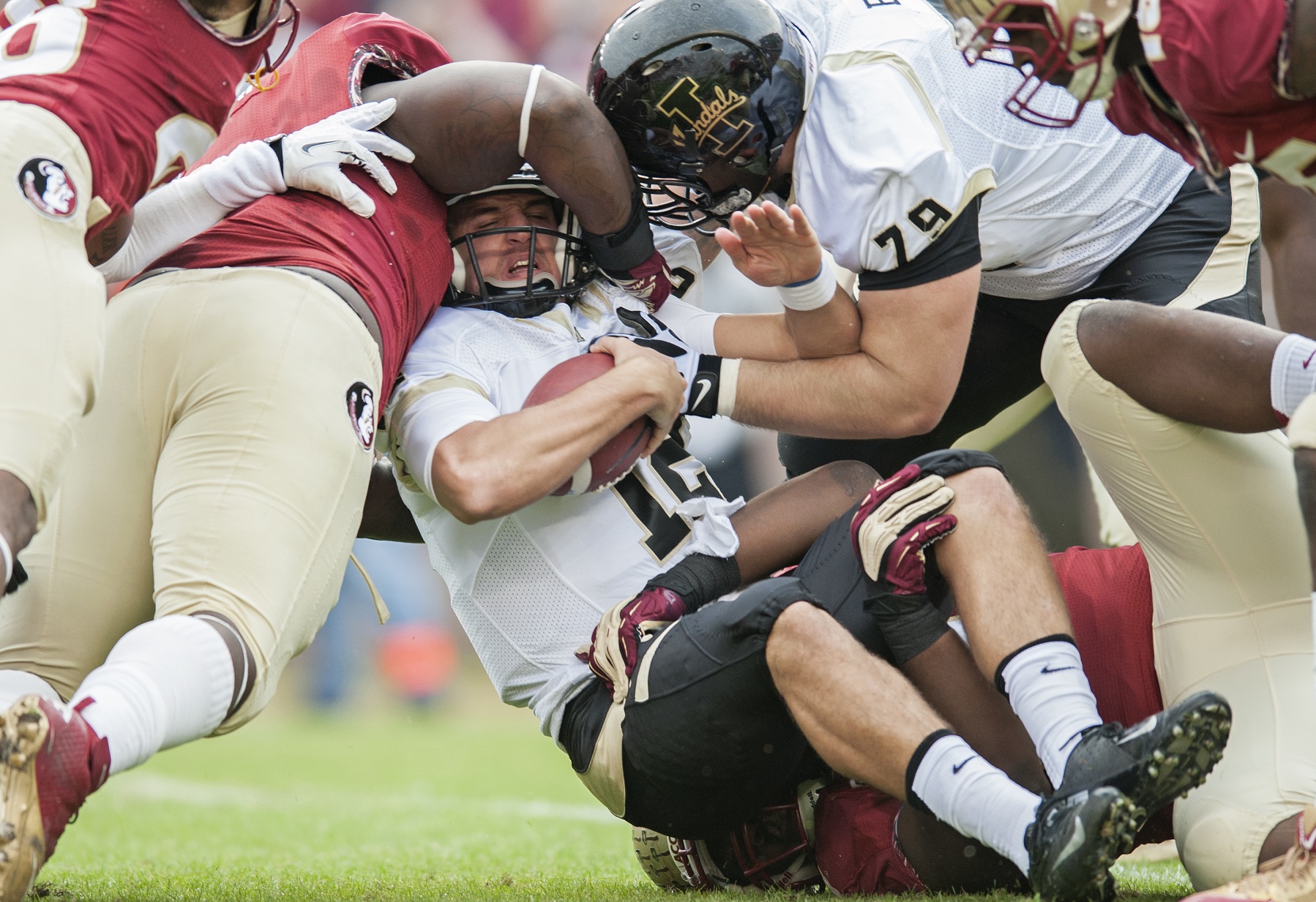
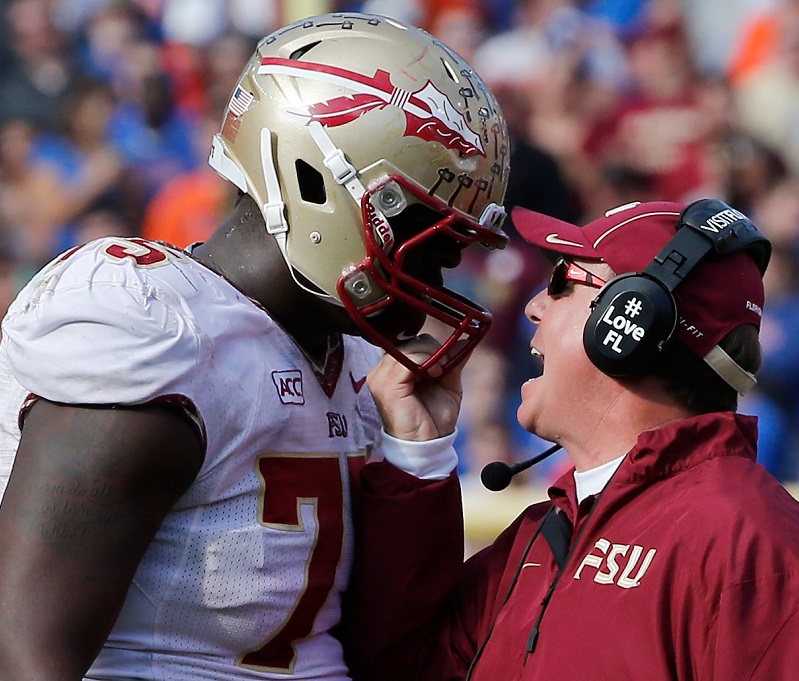
 (Photo by Bud Elliot)
(Photo by Bud Elliot)
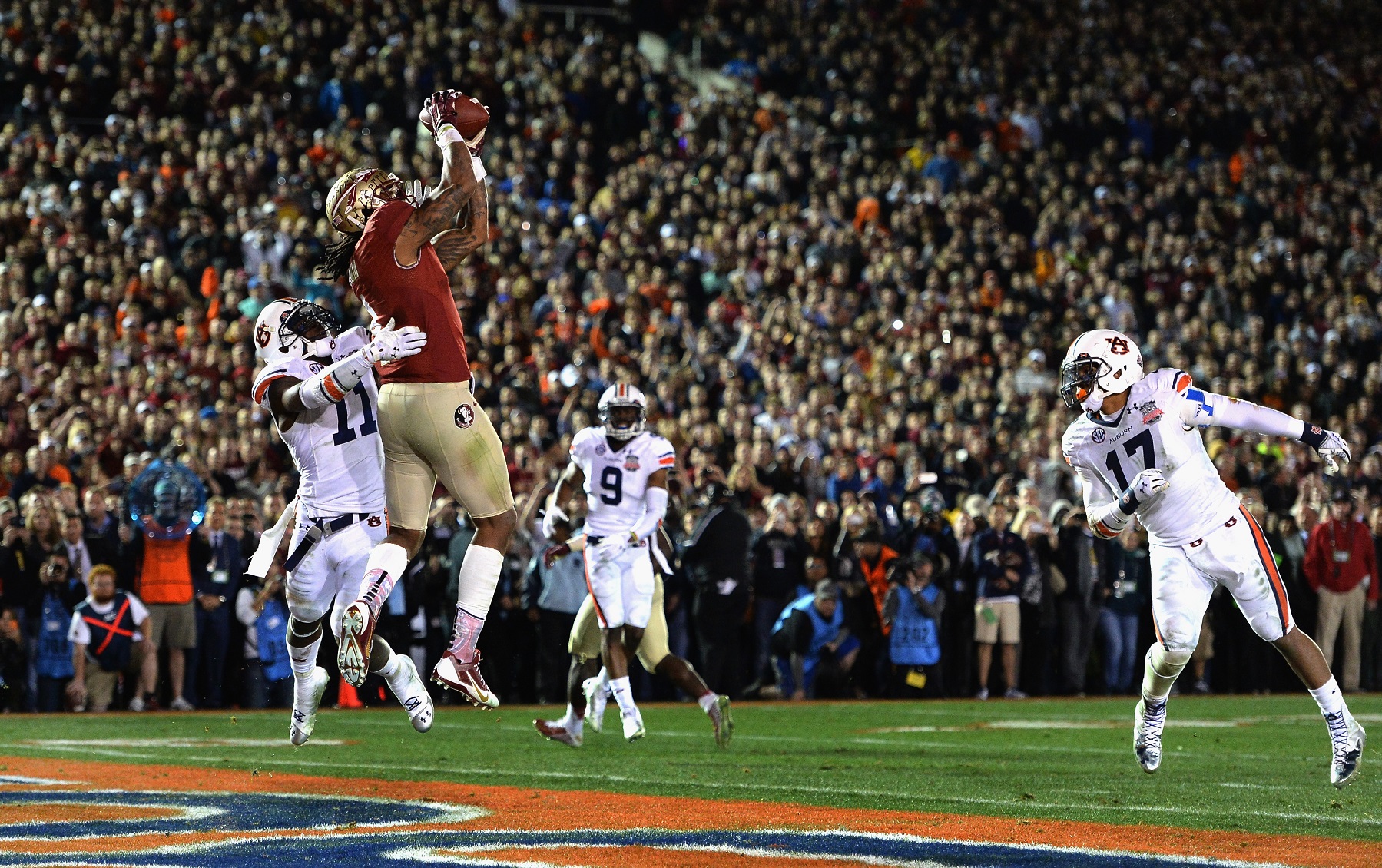
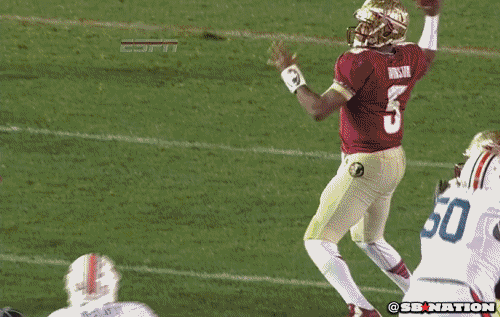



 Beth Trammell with the 723.5-pound male alligator her party captured. (Photo courtesy of Ricky Flynt)
Beth Trammell with the 723.5-pound male alligator her party captured. (Photo courtesy of Ricky Flynt)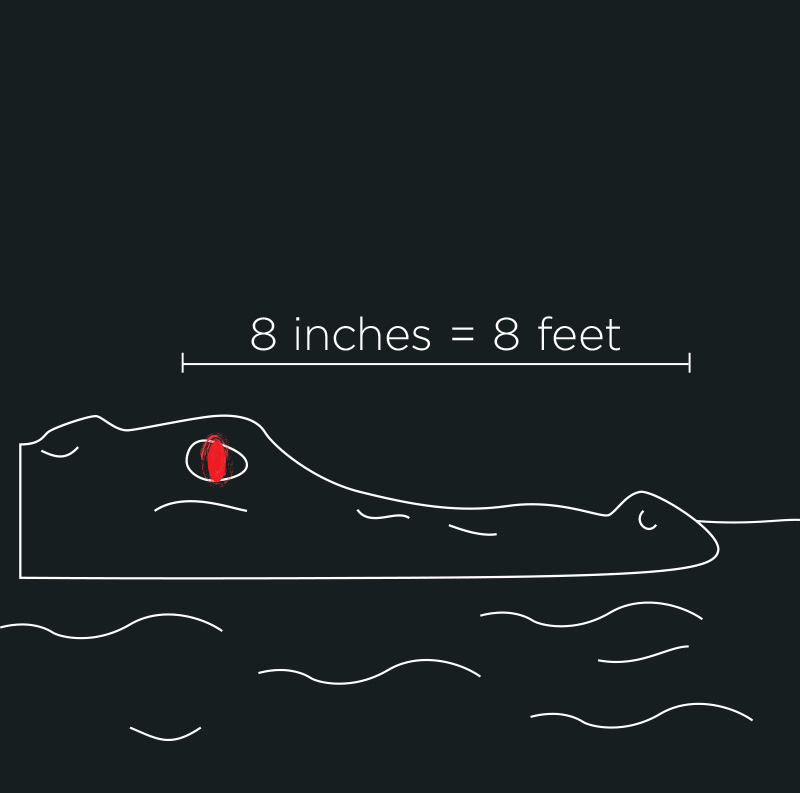
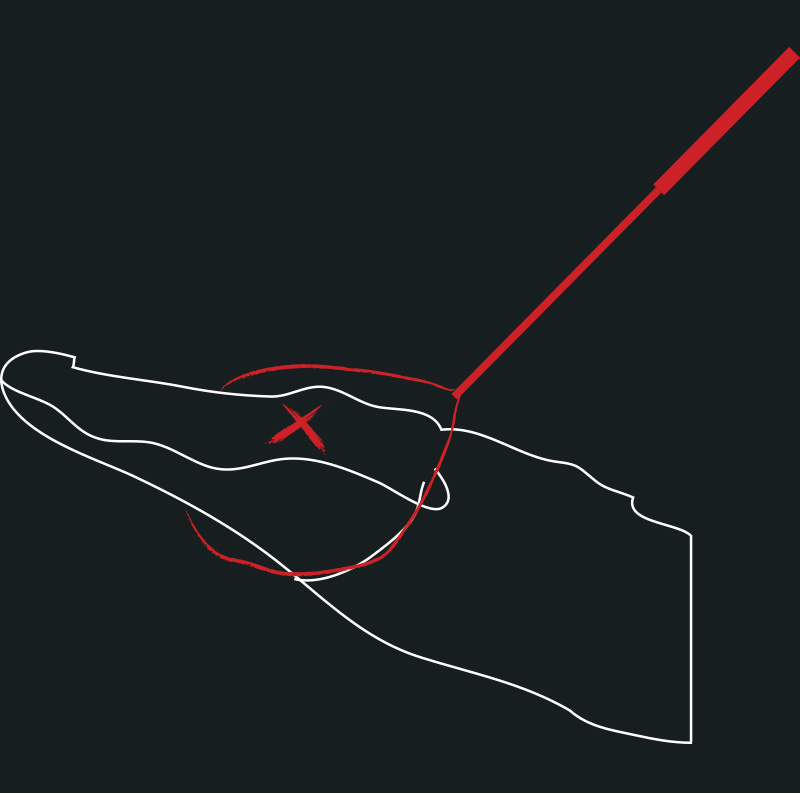

 Dustin Bockman's hunting party with their 727-pound catch. (Courtesy of Ricky Flynt)
Dustin Bockman's hunting party with their 727-pound catch. (Courtesy of Ricky Flynt) Lee Turner stands next to his record-setting 741.5-pound gator. (Courtesy of Ricky Flynt)
Lee Turner stands next to his record-setting 741.5-pound gator. (Courtesy of Ricky Flynt) Lee Turner with his 741.5-pounder. (Courtesy of Ricky Flynt)
Lee Turner with his 741.5-pounder. (Courtesy of Ricky Flynt) Ben Walker and his group with their 13'7" alligator, the longest in state history. (Courtesy of Ricky Flynt)
Ben Walker and his group with their 13'7" alligator, the longest in state history. (Courtesy of Ricky Flynt)

